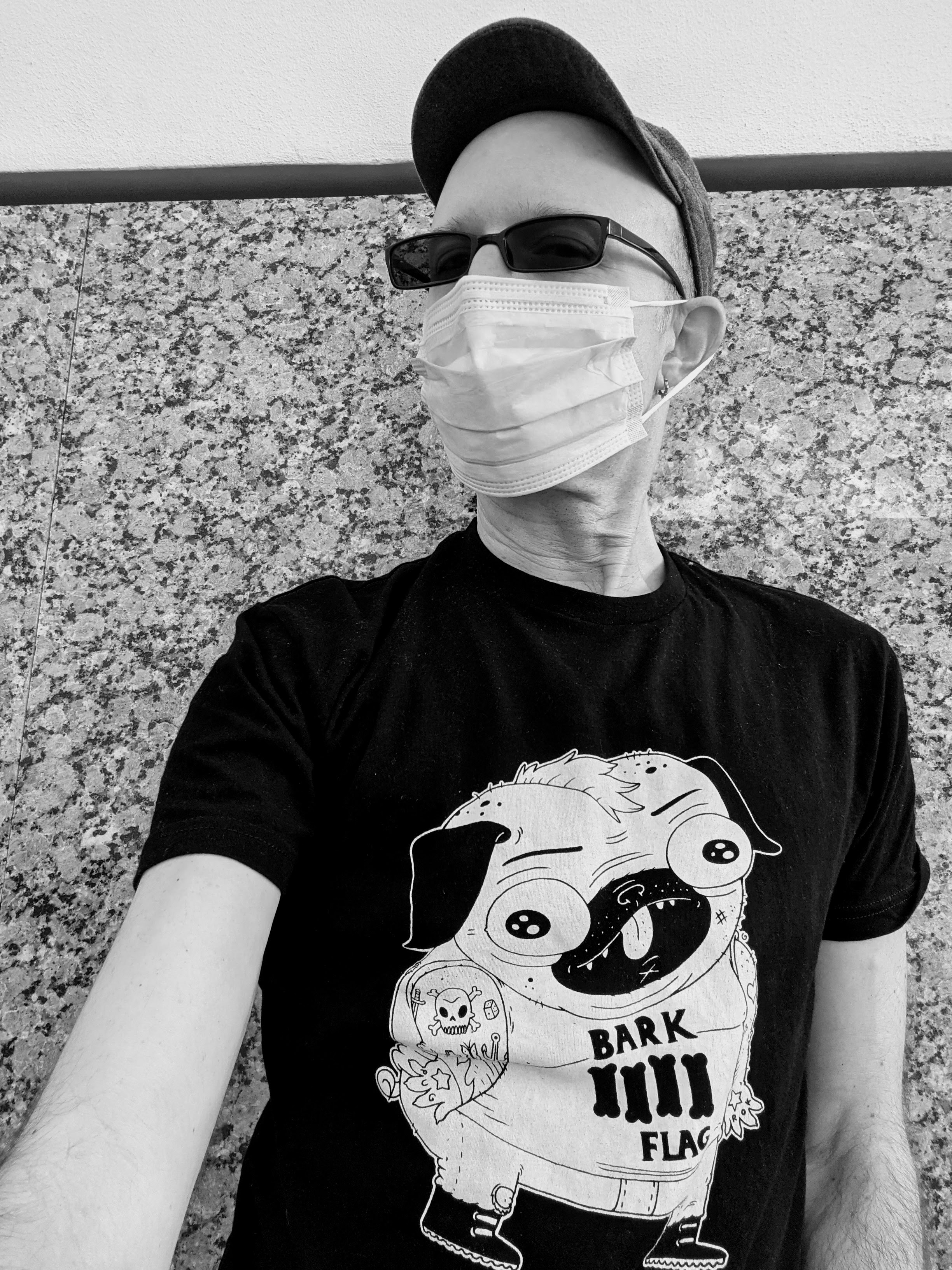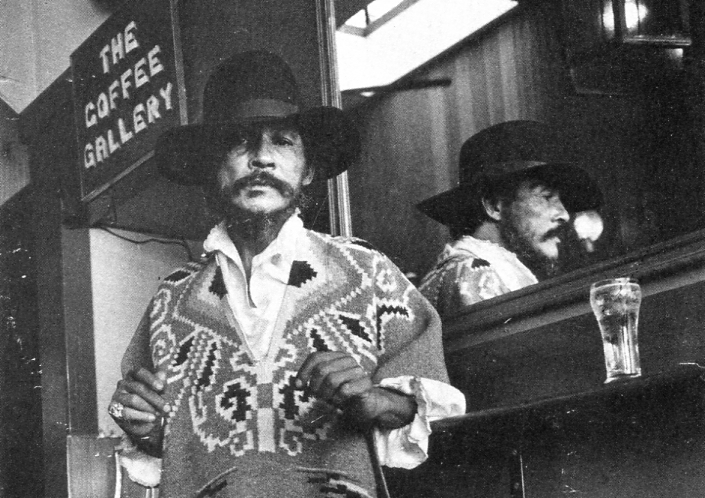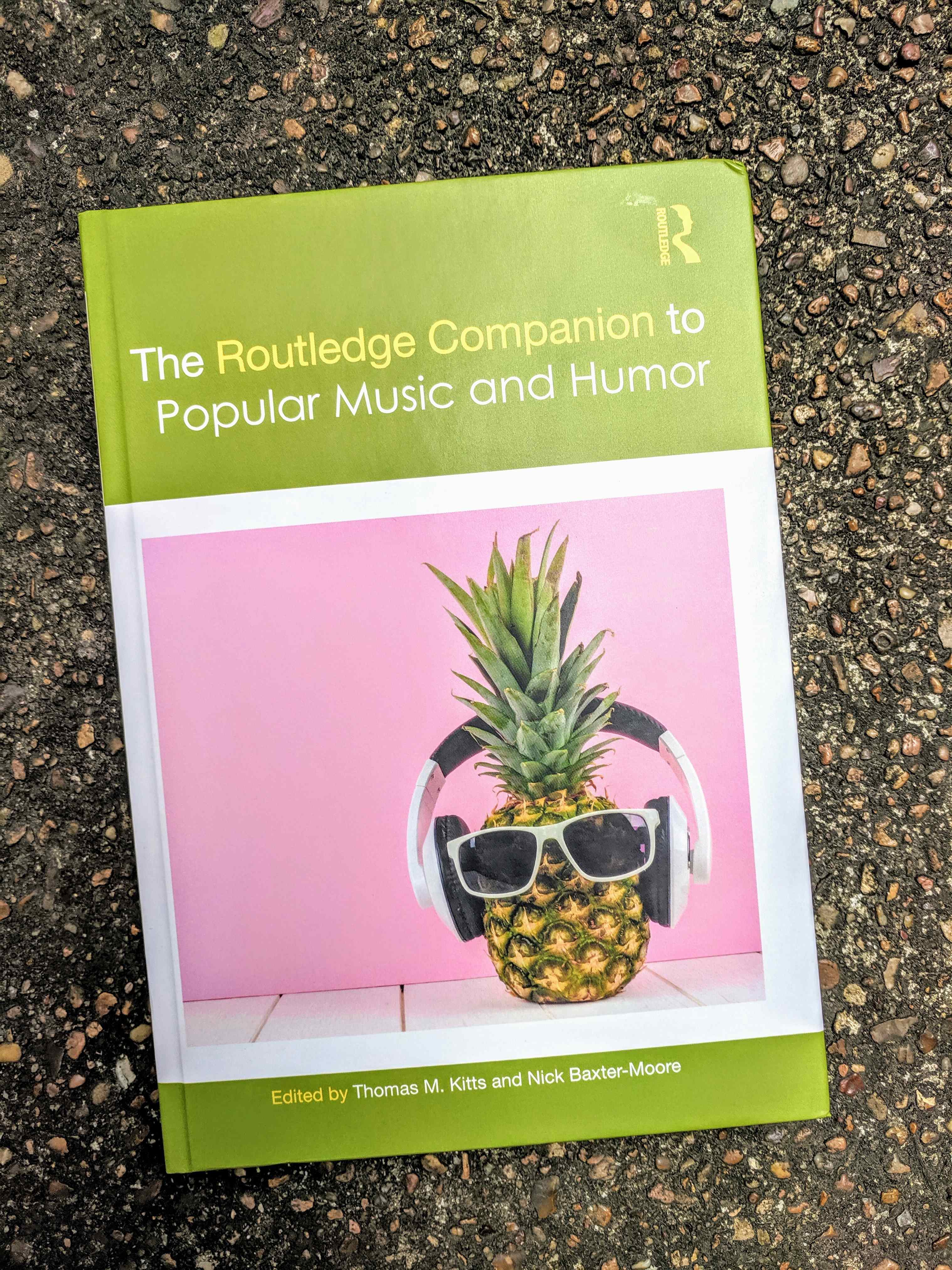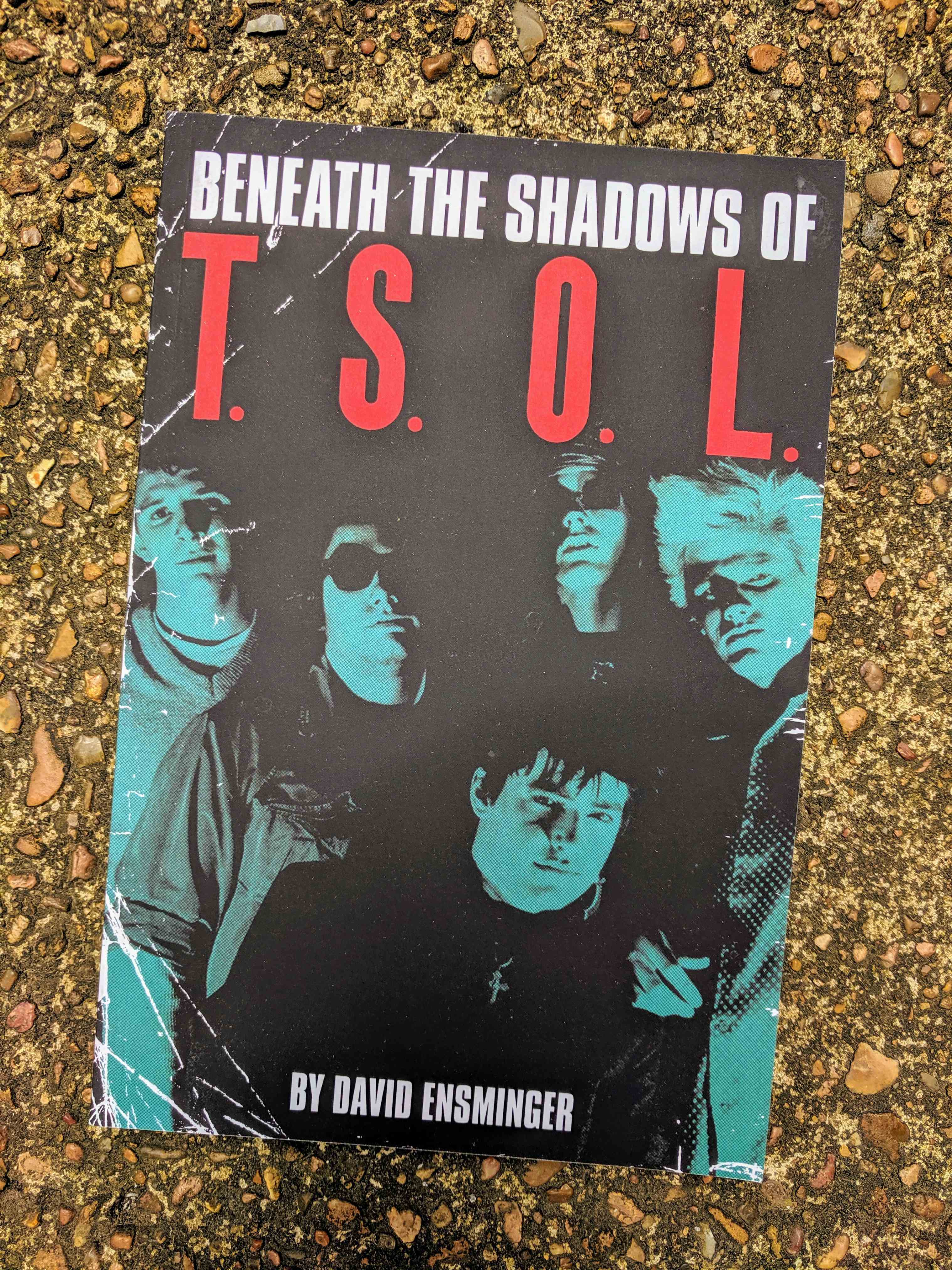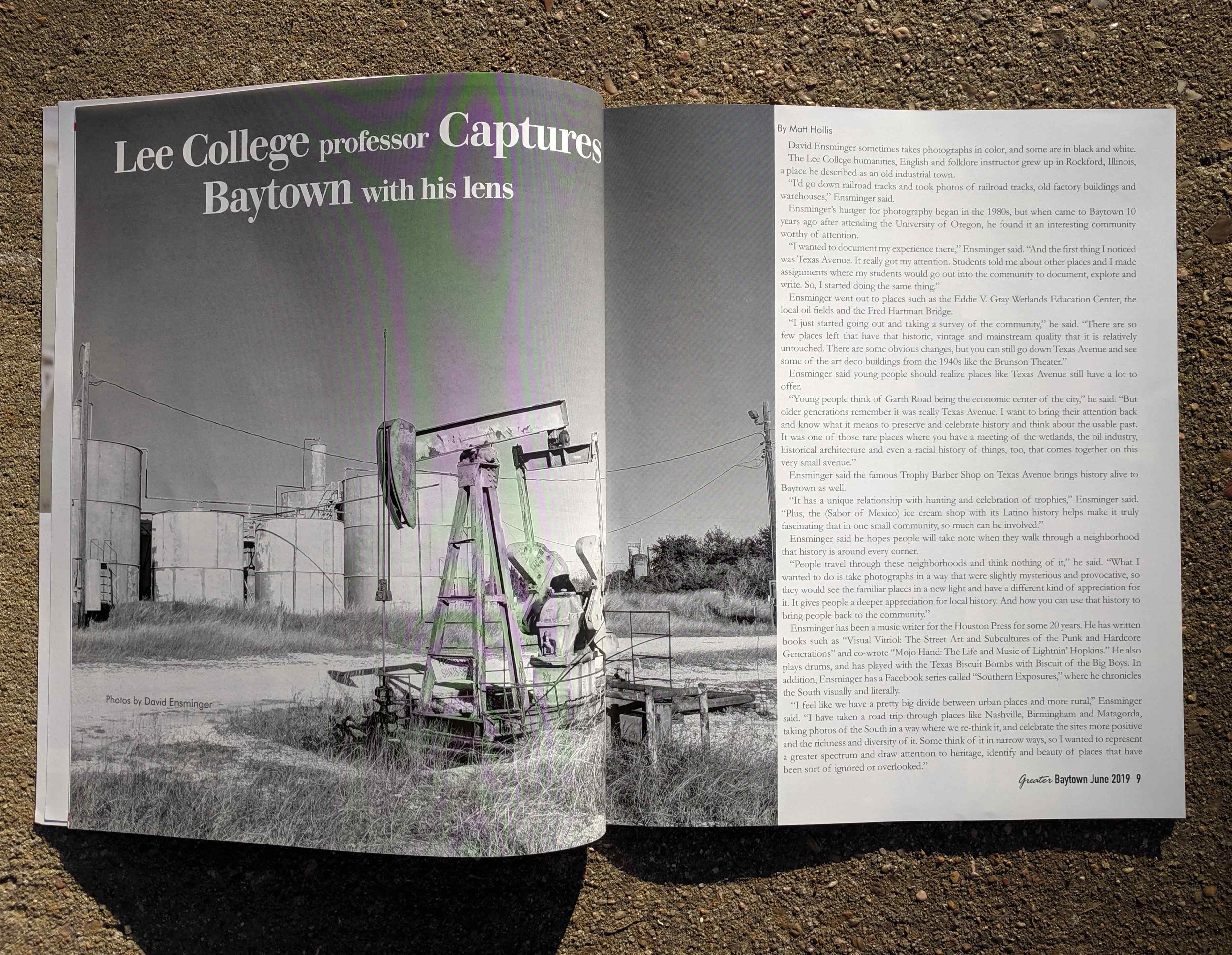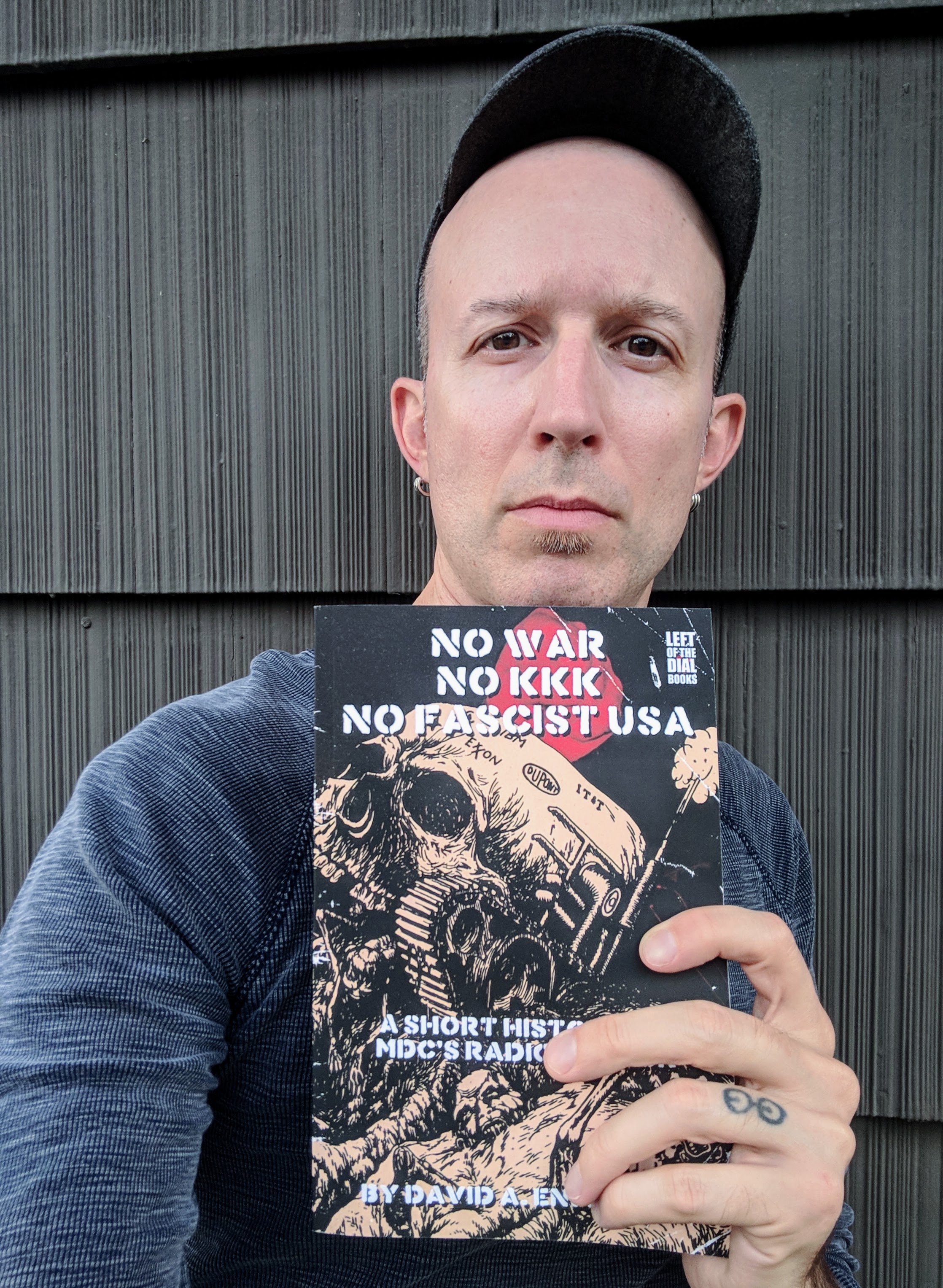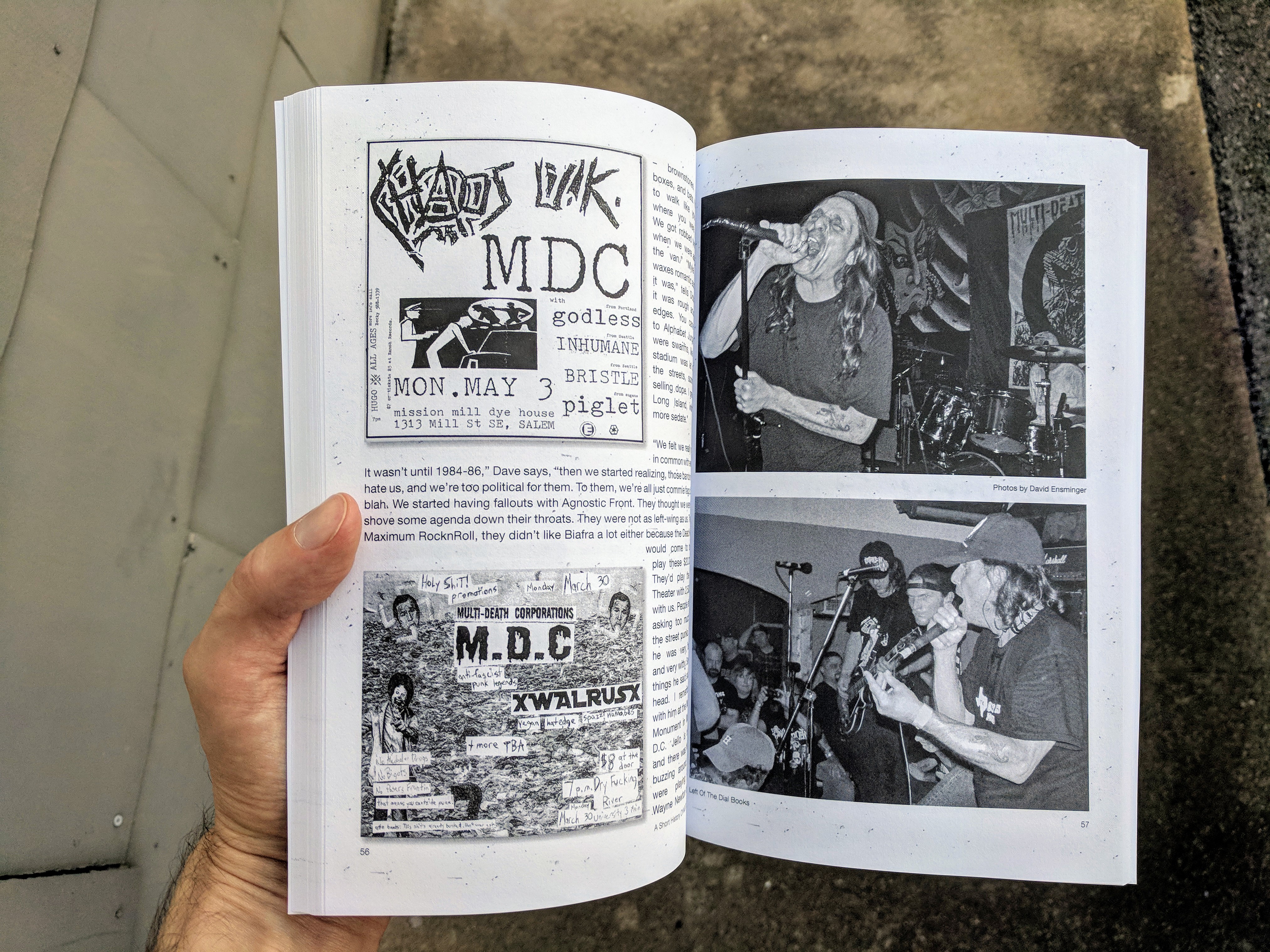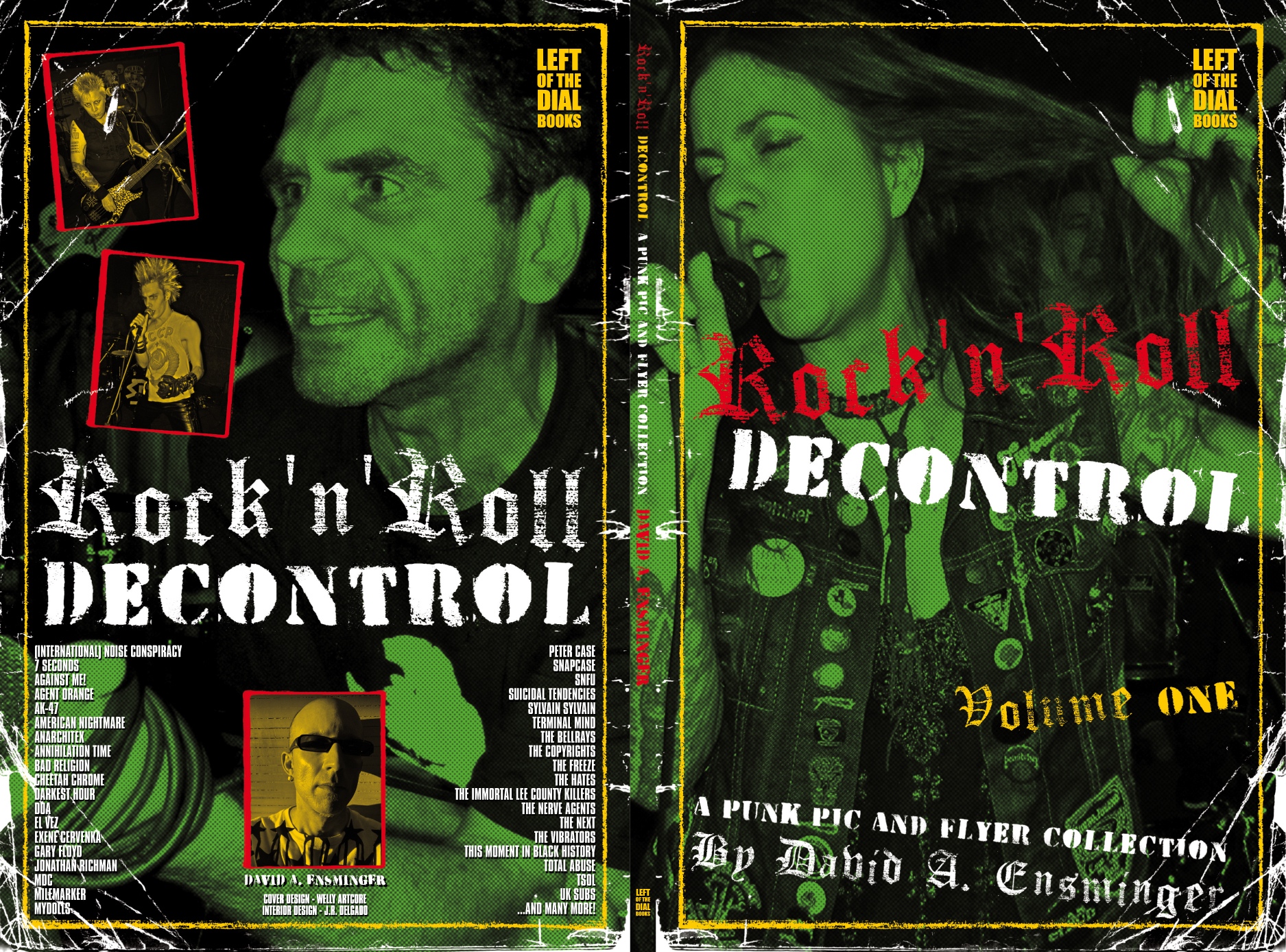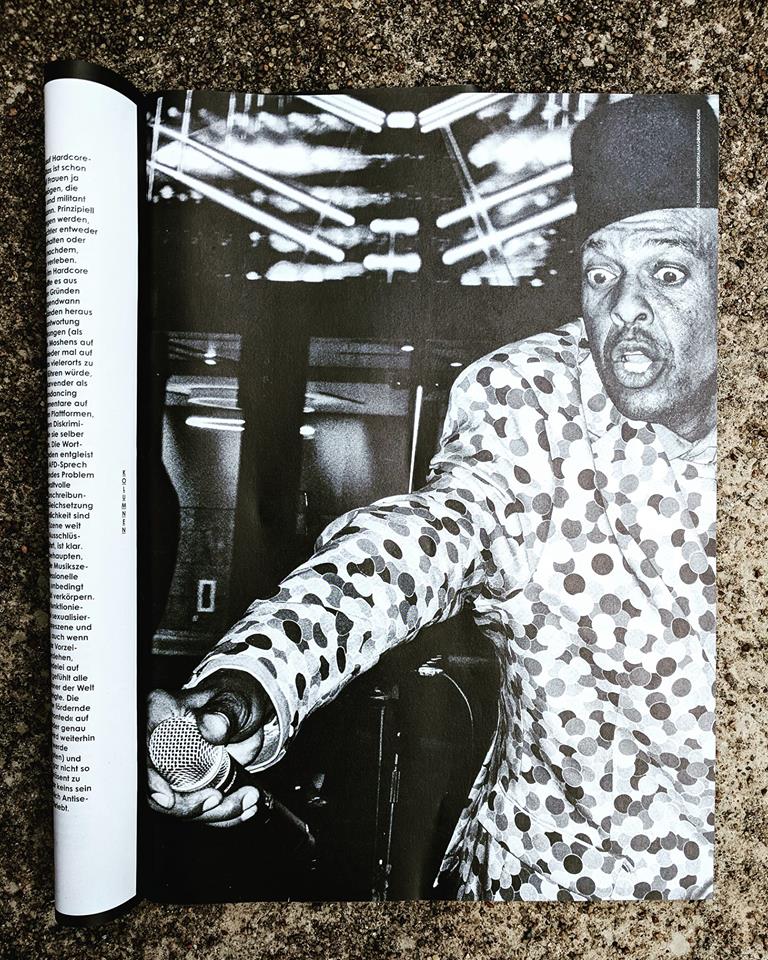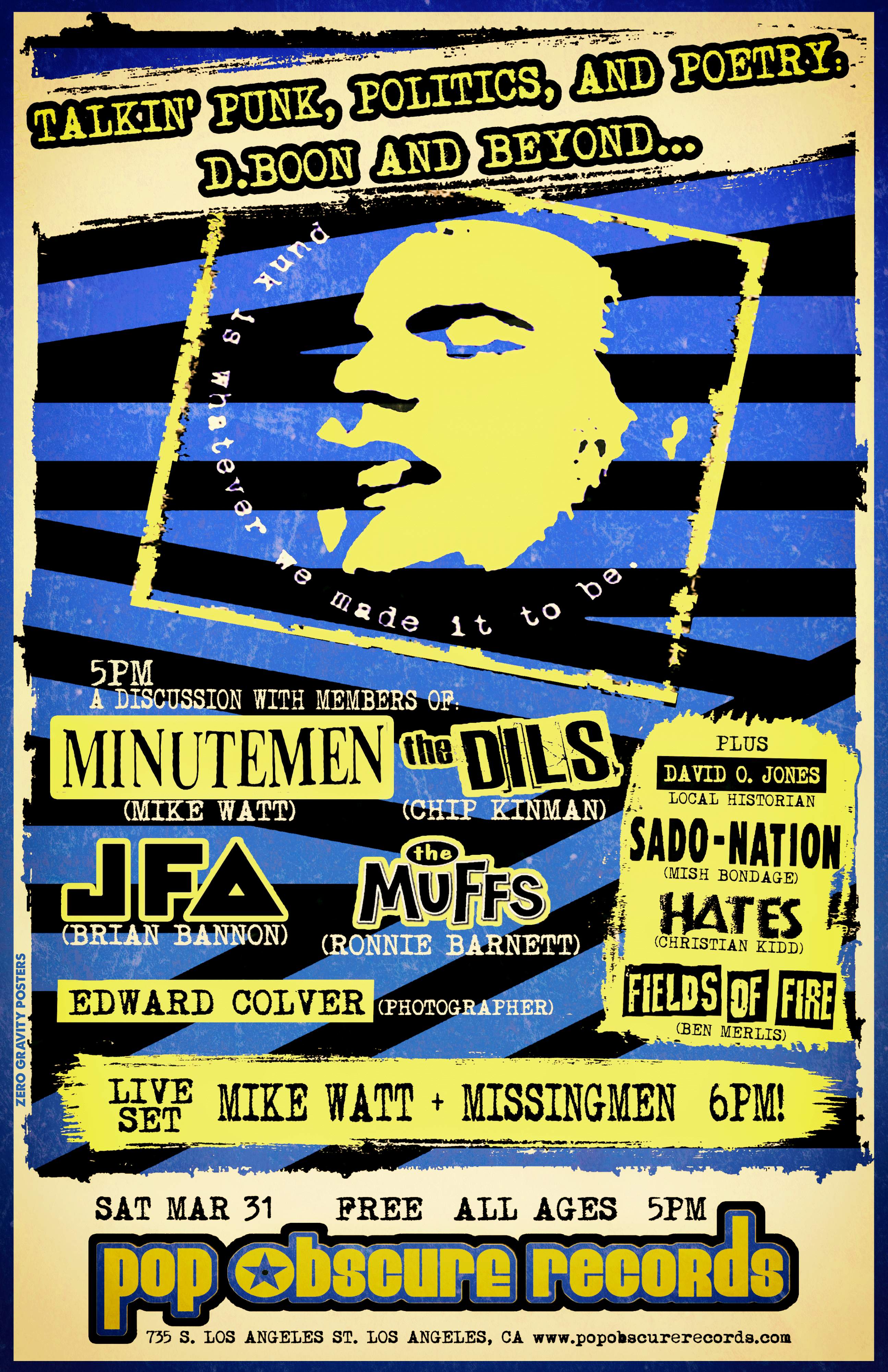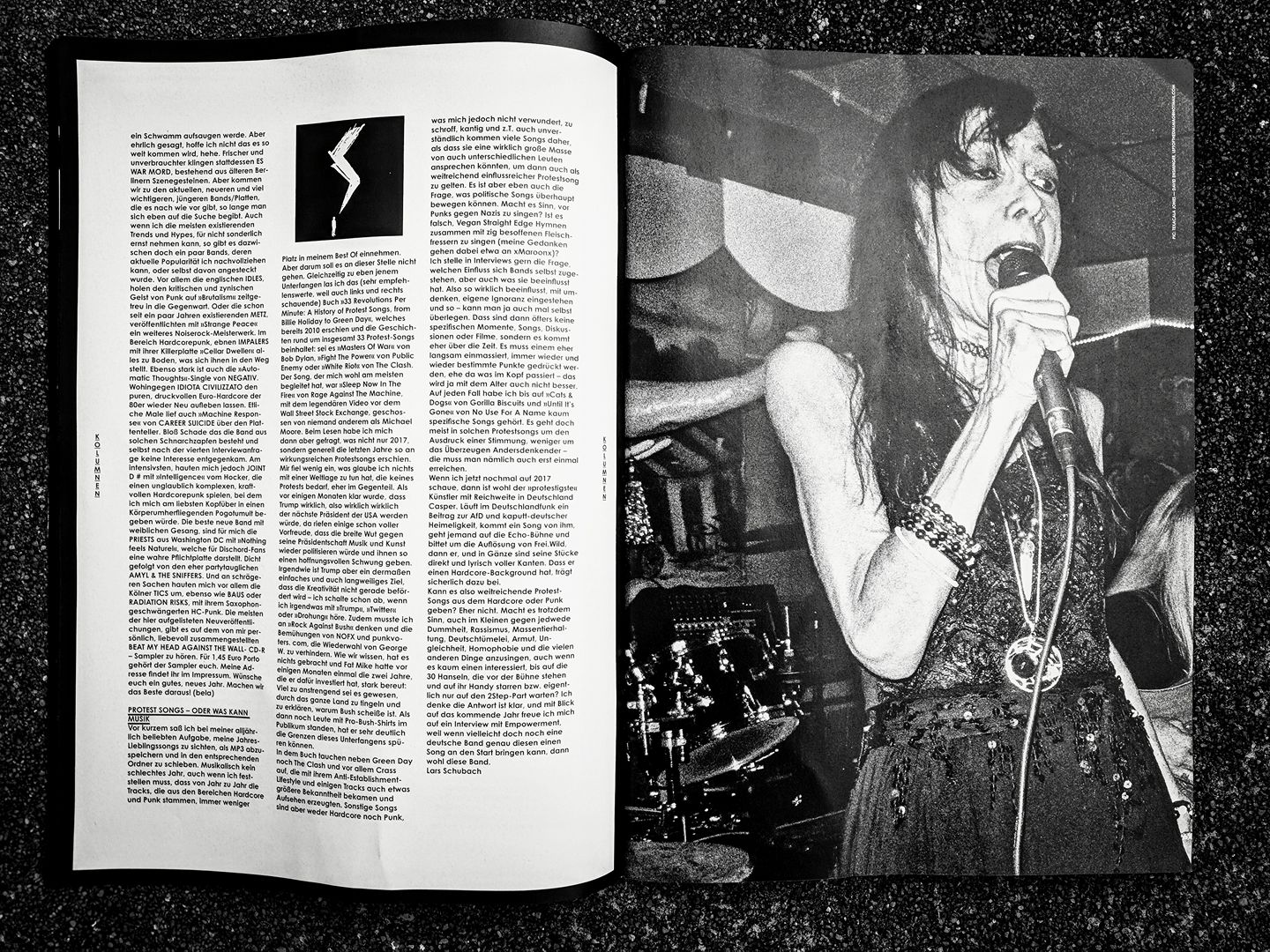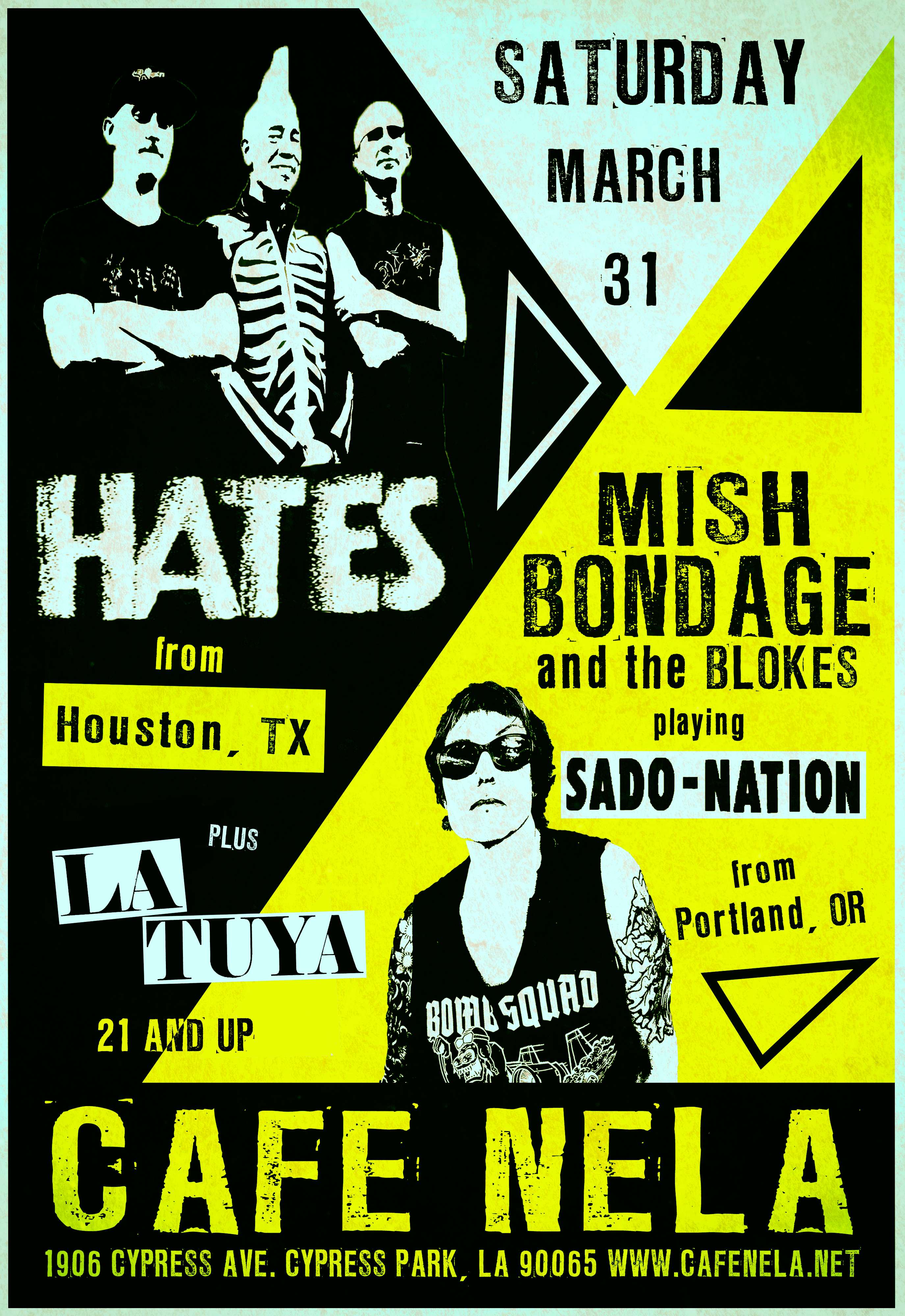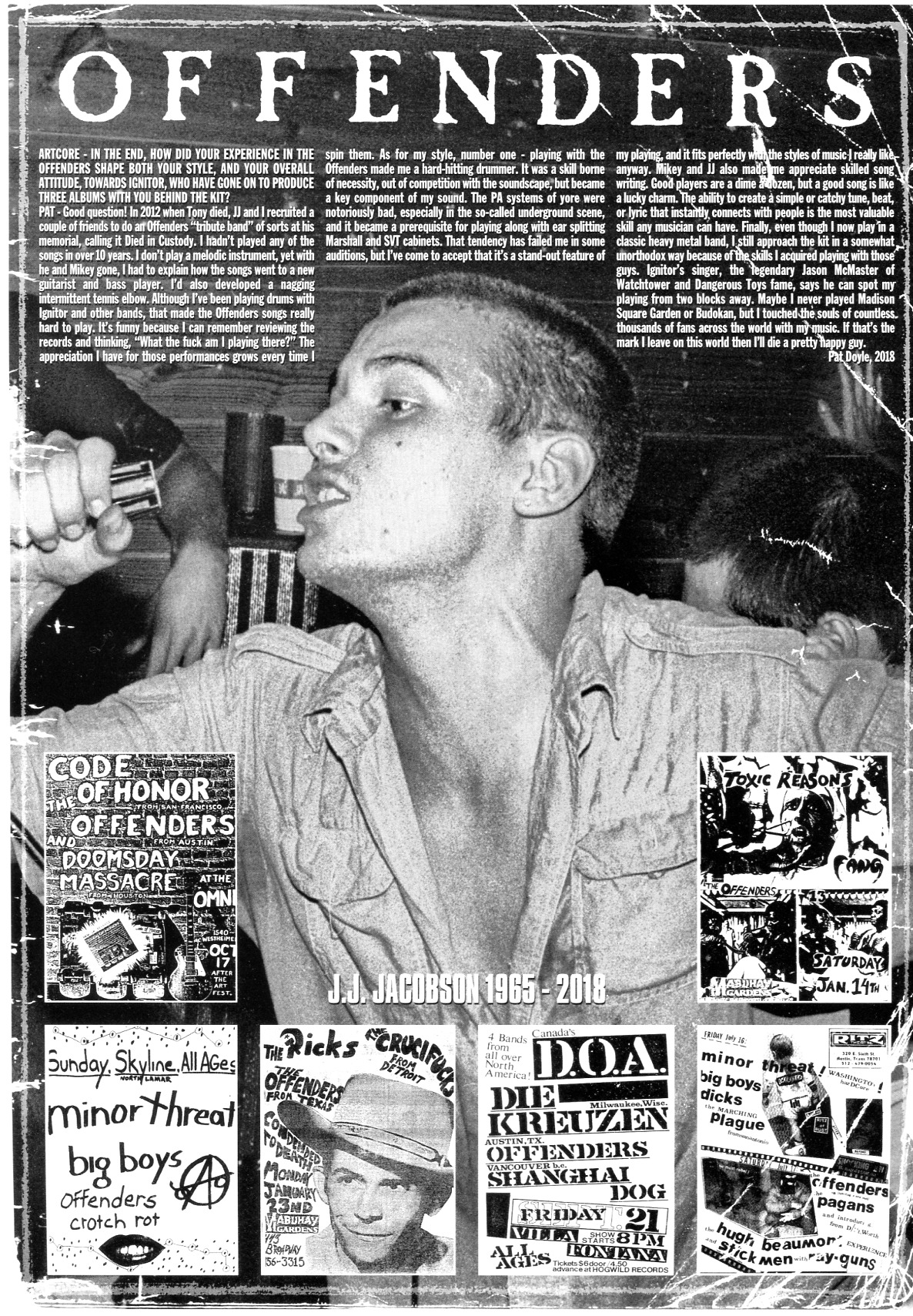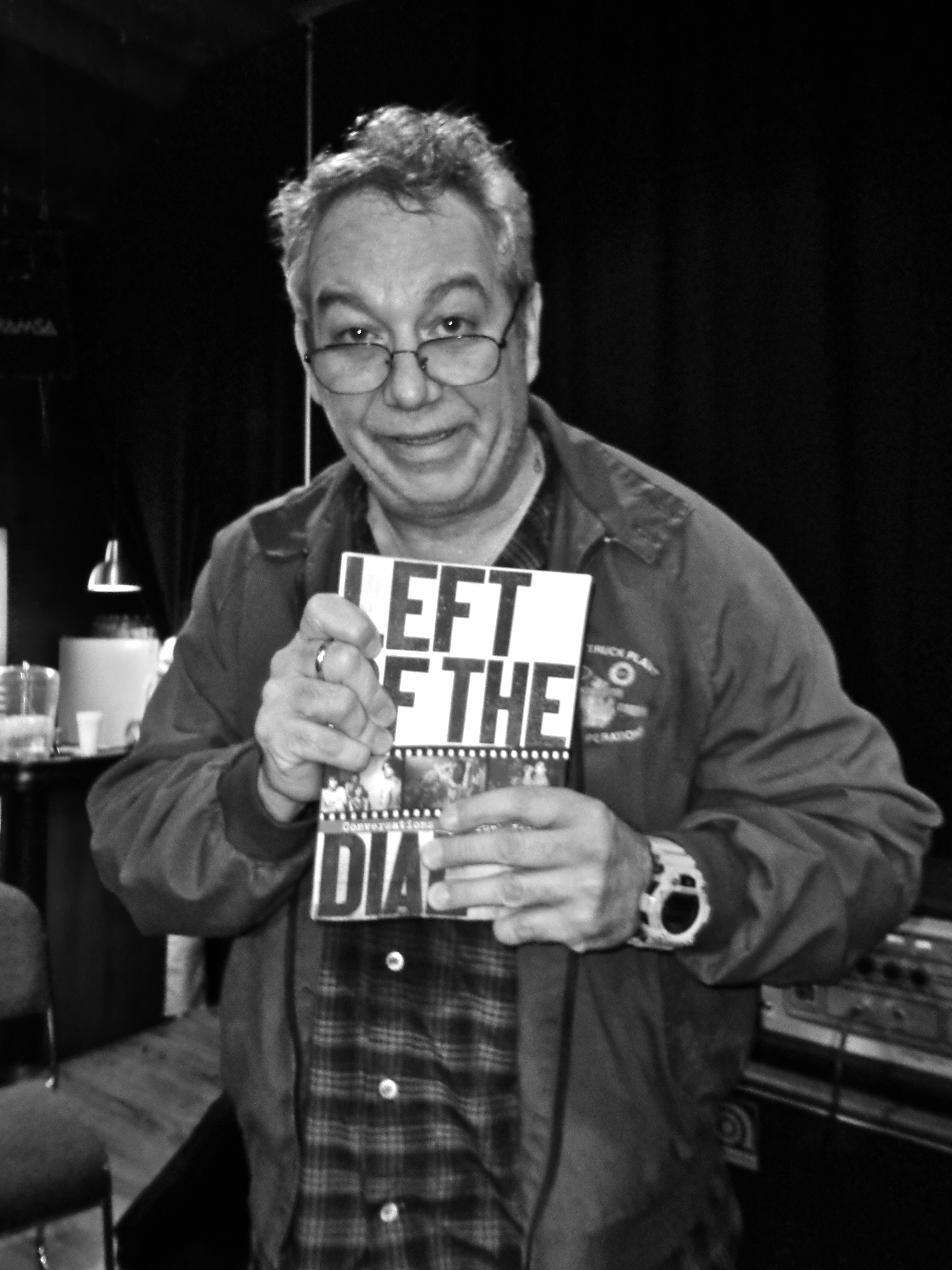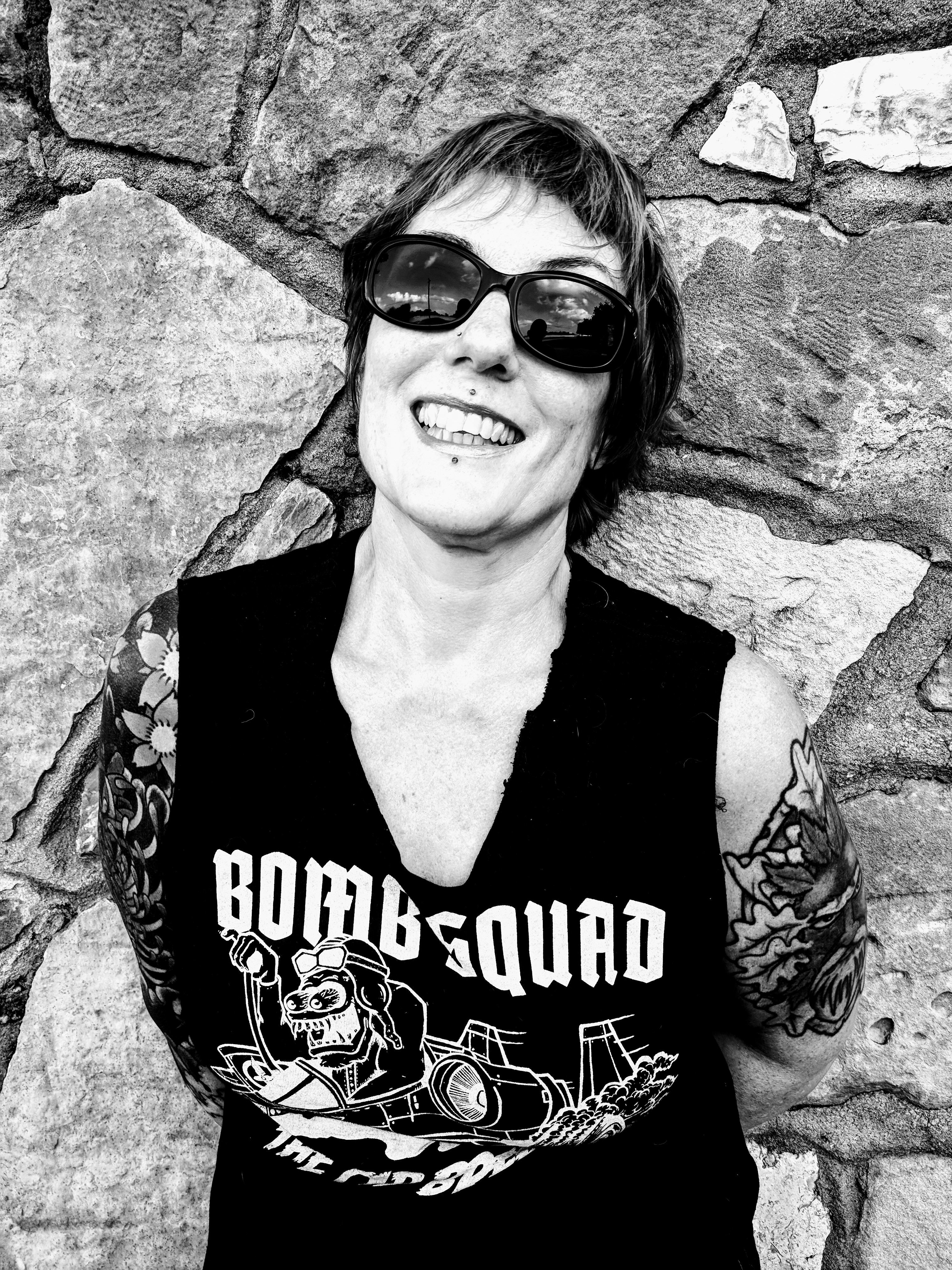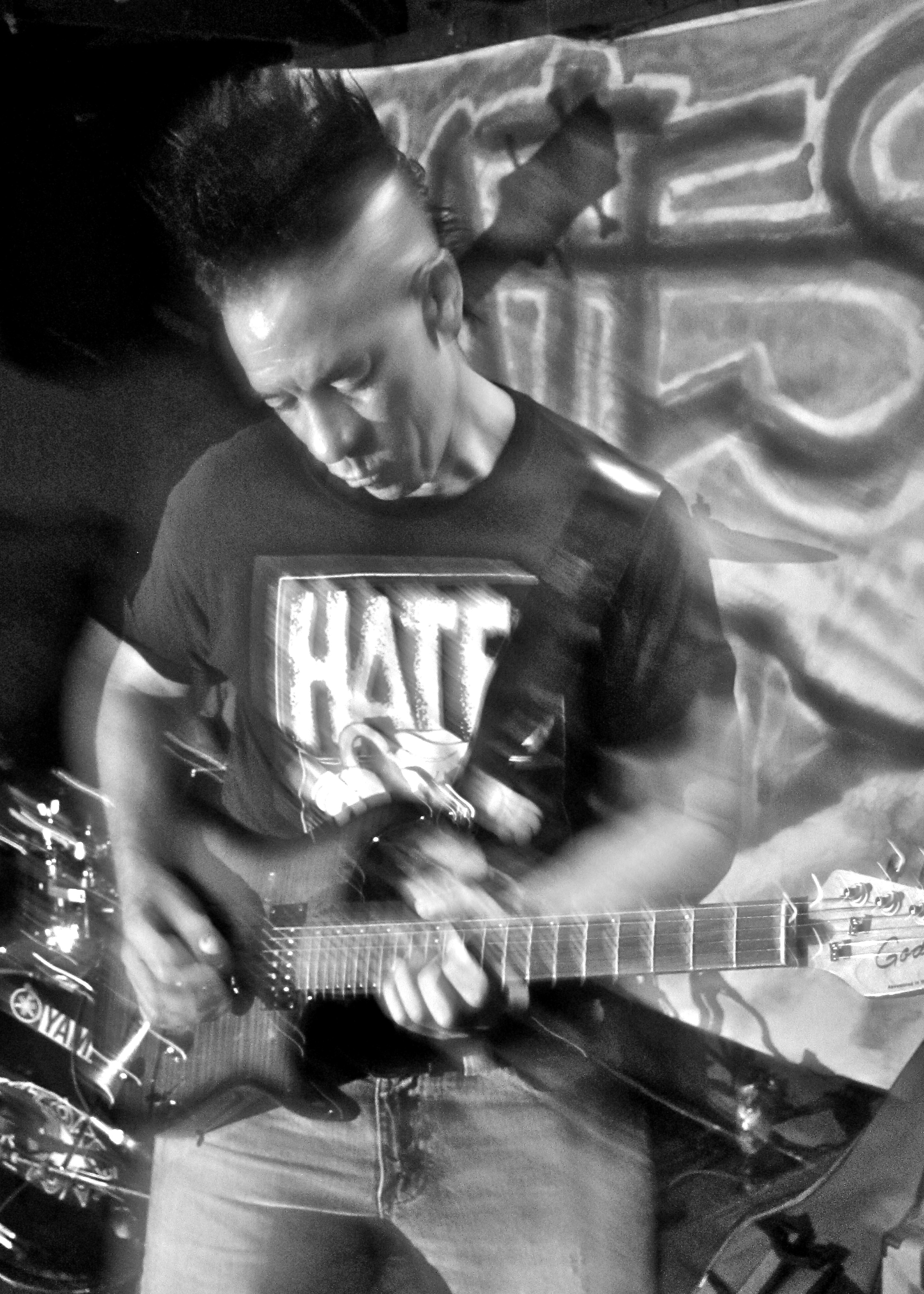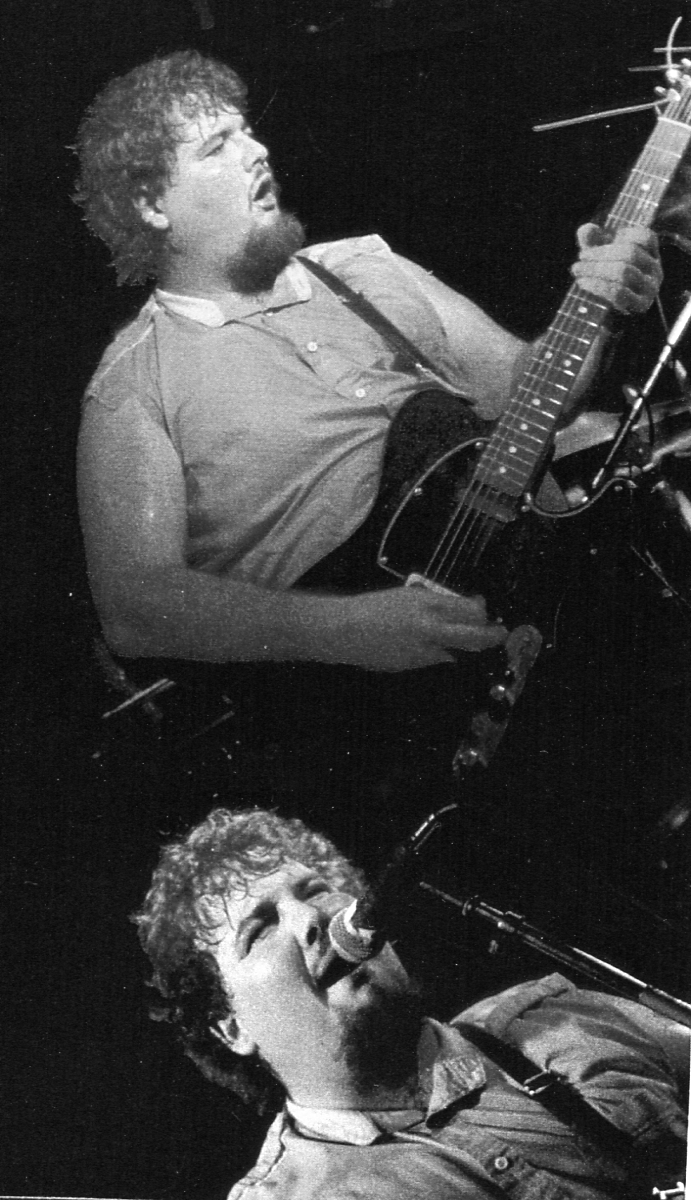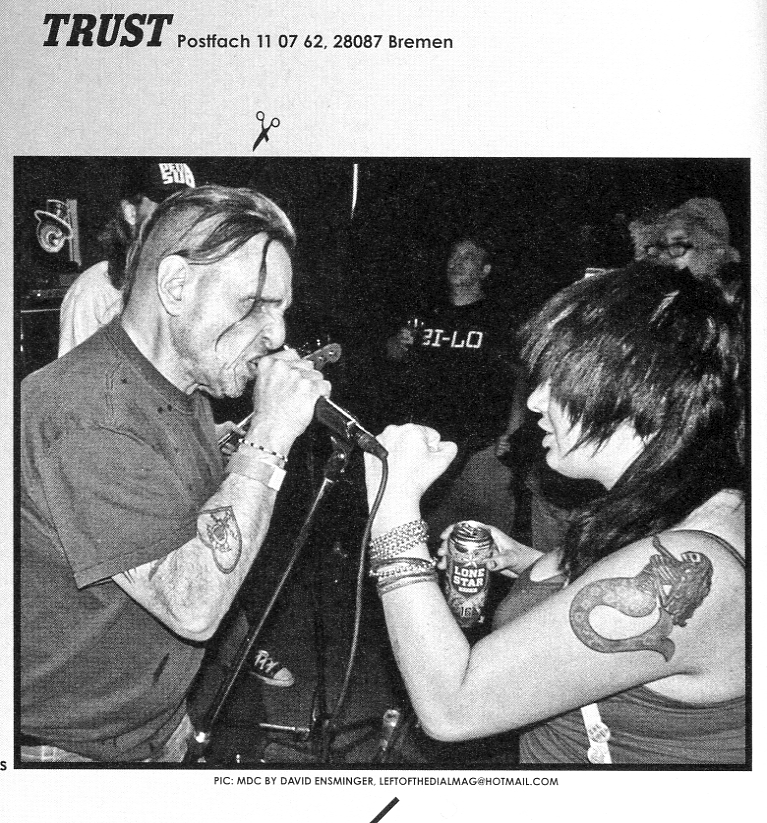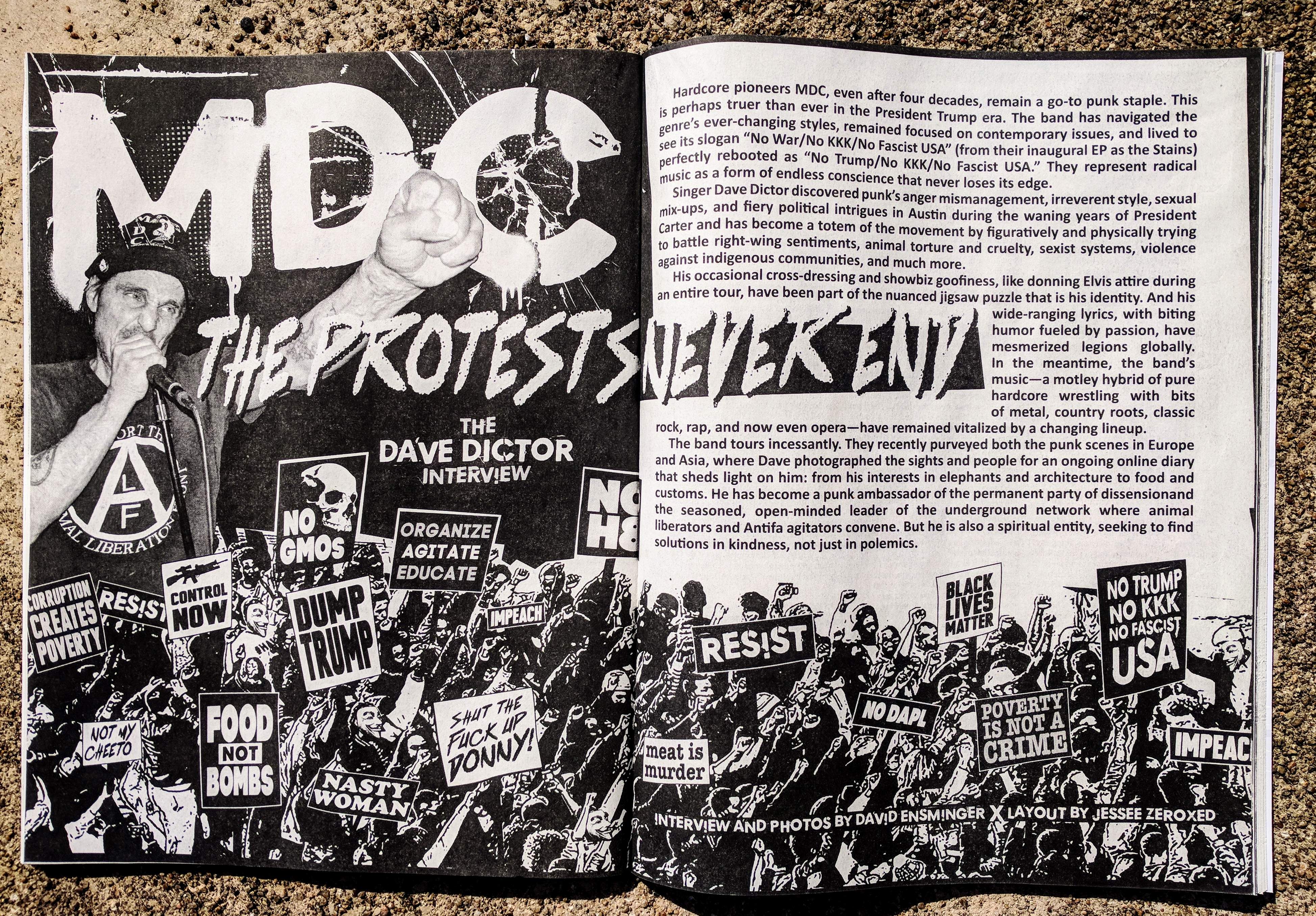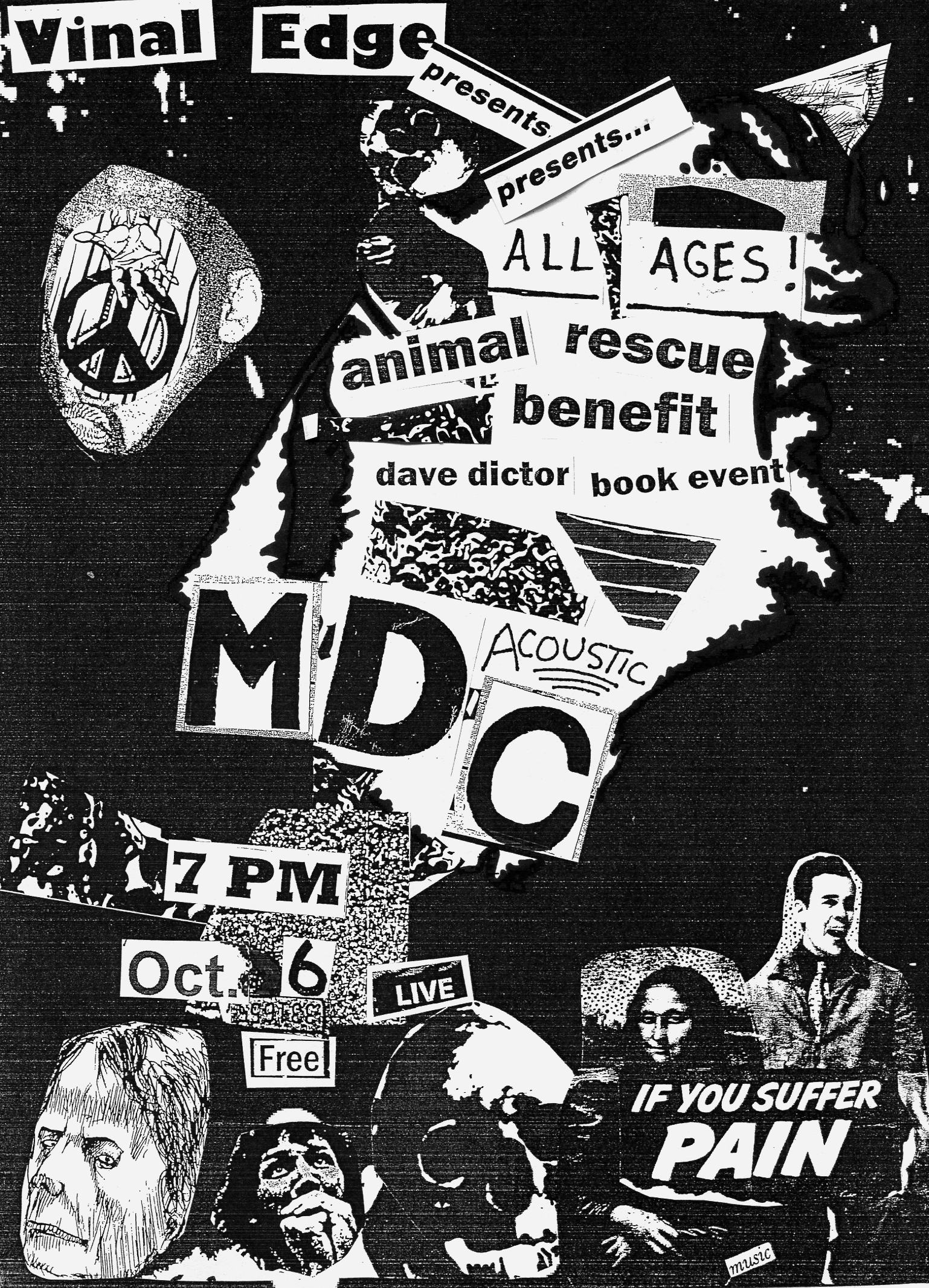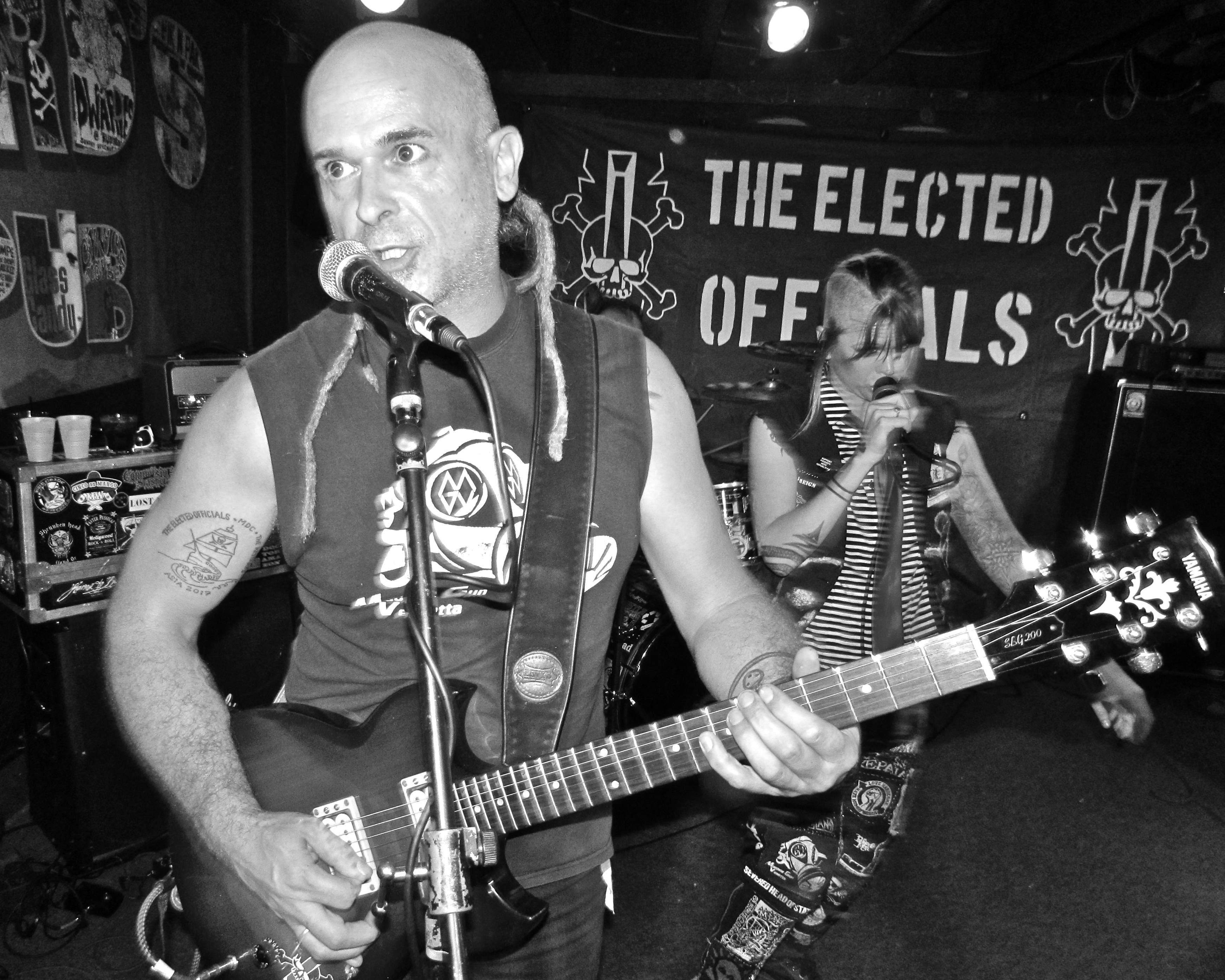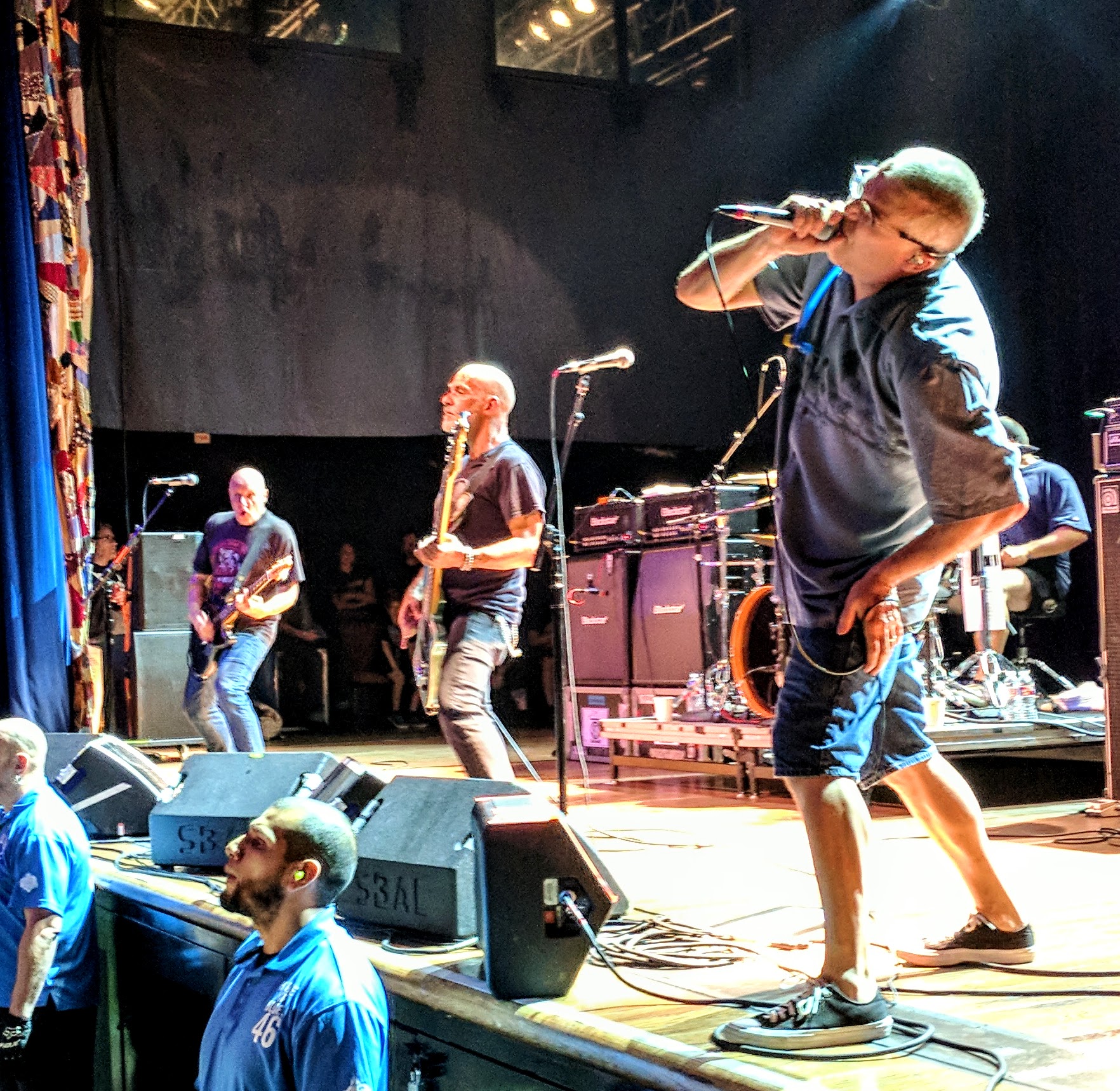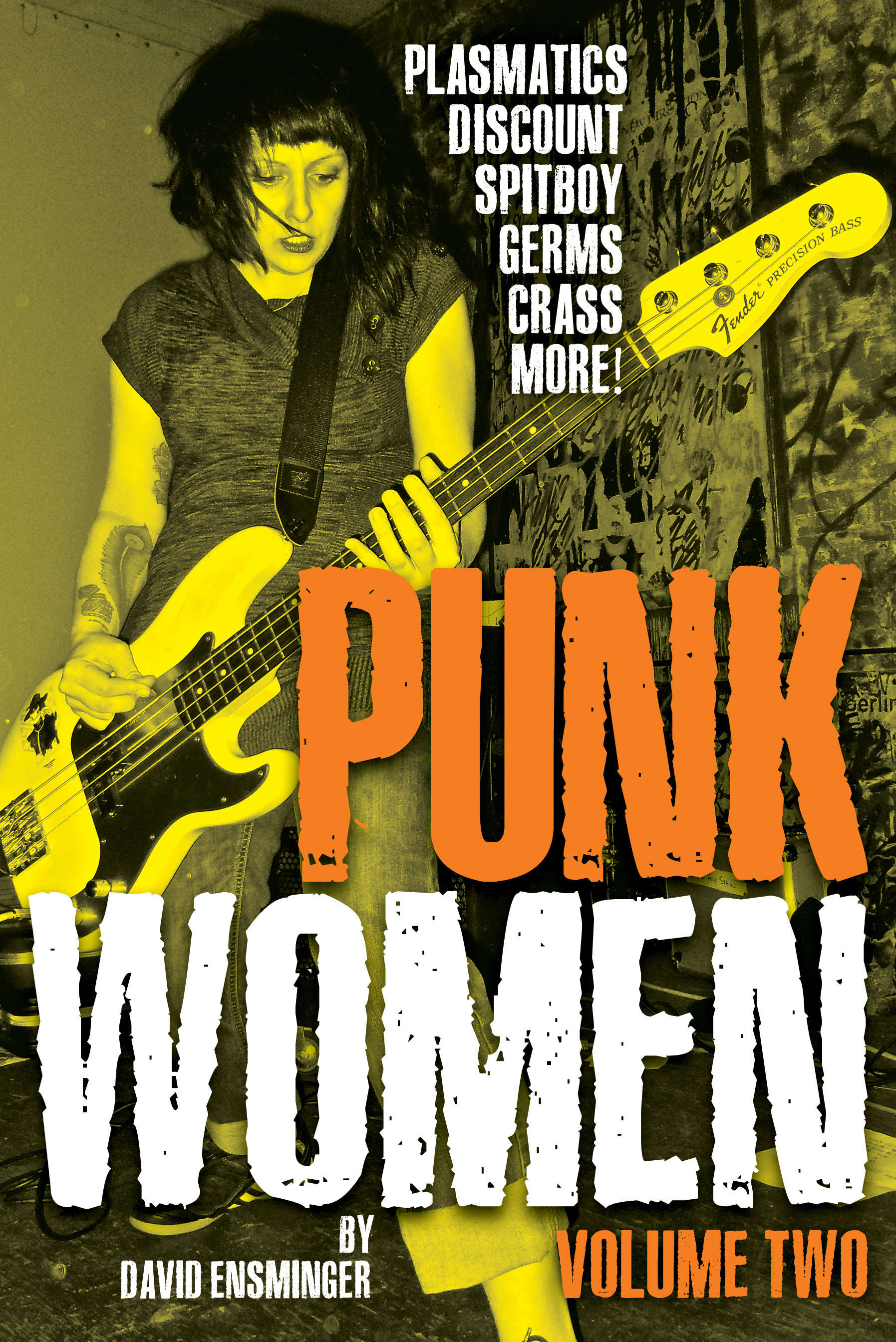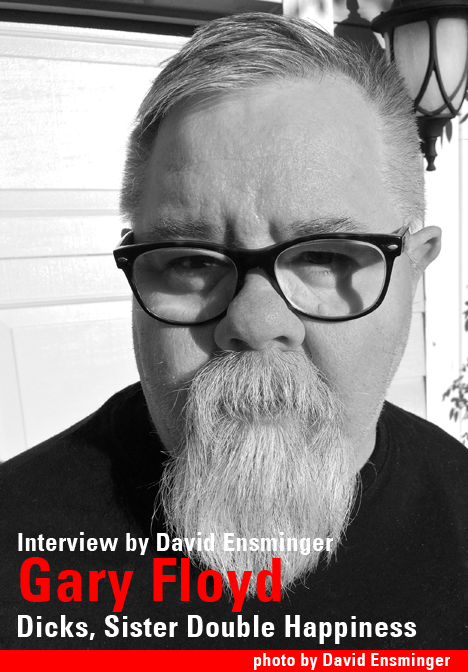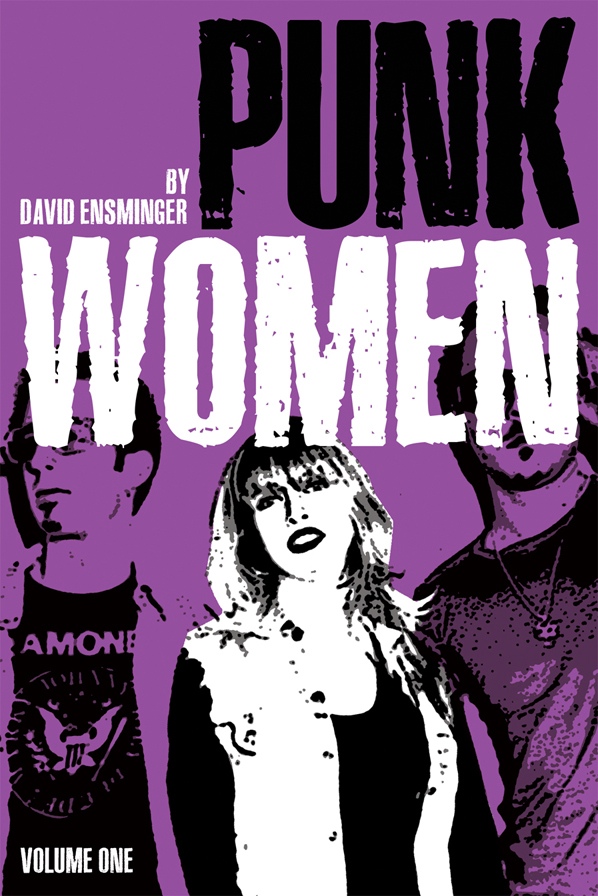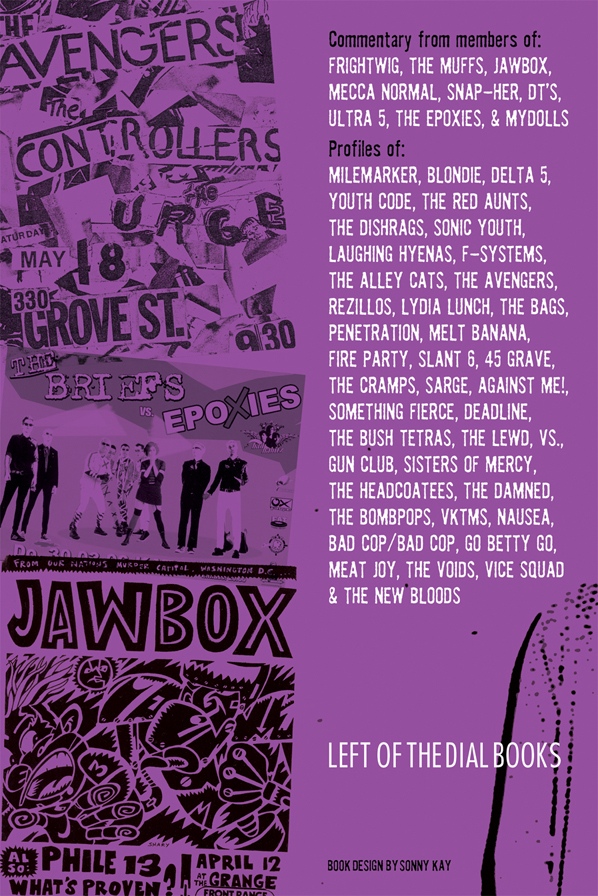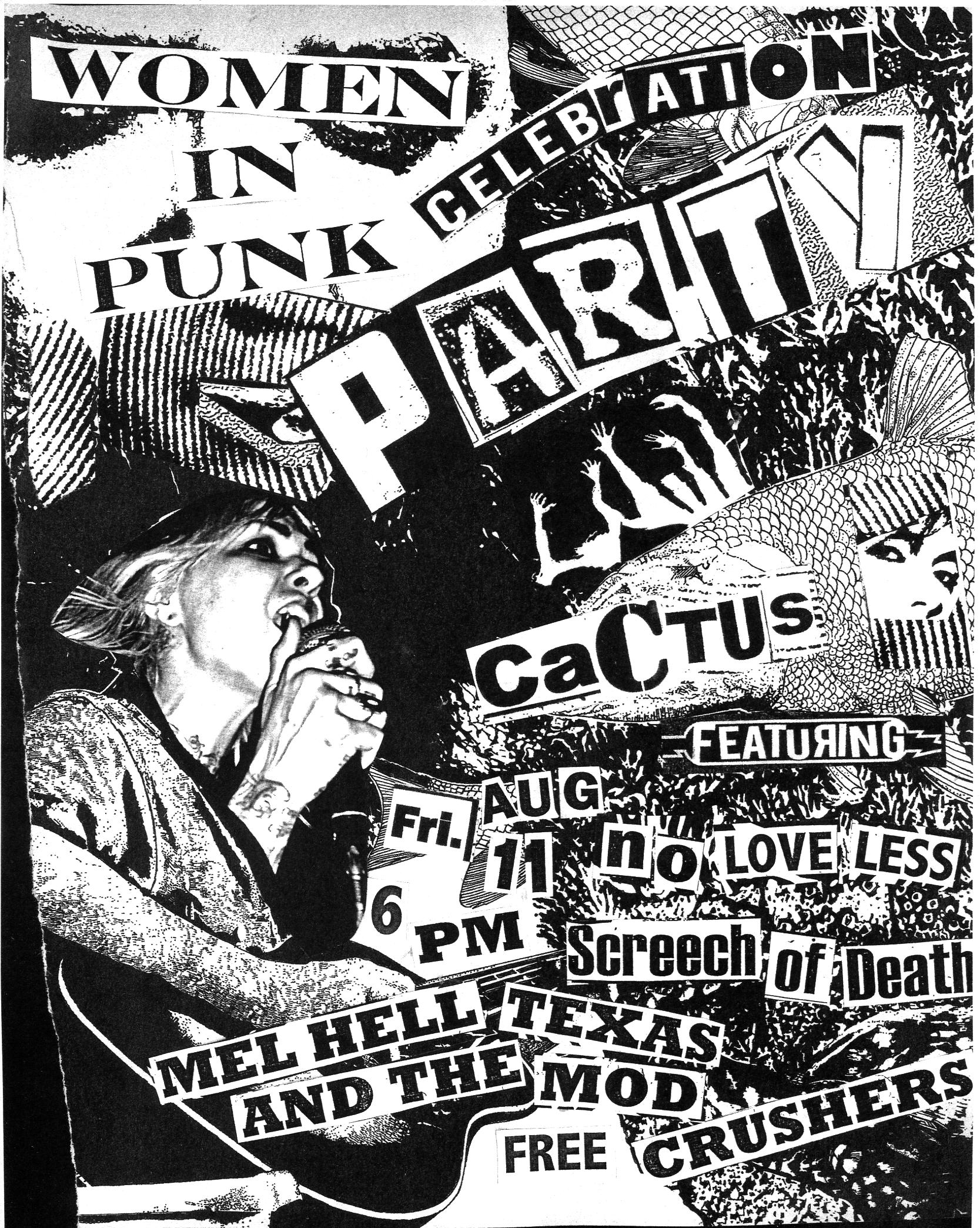
Me, July 2020, with my favorite David Bowie shirt: this is also the new press photograph for Microcosm Press, who are set to release my revised book on punk women soon
For those who might like to understand how I approach punk both as a long-time participant and folklorist, I am releasing some class notes I sketched in 2008/2009. Now, please understand, some information might have changed since the time of the original version, found below, mostly as-is.
These sketches constitute the “warm-up,” a rough draft beginning, for my book Visual Vitriol, which is still available here from the Univ. Press of Mississippi, if you seek further exploration and want to dive deeper.
Intangible Cultural Heritage: Though this term may be problematic in terms of describing punk culture, UNESCO does define it as: non-physical characteristics, practices, representations, expressions as well as knowledge and skills that identify and define a group or civilization. In addition, UNESCO outlines specific categories, including:
* oral traditions and expressions, including language as a vehicle of the intangible cultural heritage;
* music, dance, drama and other performing arts
* social practices, rituals and festive events;
* knowledge and practices concerning nature and the universe;
* foods and clothing
* and traditional craftsmanship
One can look to writers like Dick Hebdige’s well-noted, but now somewhat controversial Subculture: The Meaning of Style for a Culture Studies-meets-semiotics analysis of fashion, in which punk signifiers range from jagged haircuts to briccolage-style 1976-era punk garments. Such clothing may be an indication of intangible punk heritage. Food becomes hard to delineate, though since the mid-1980s (see Crass and MDC), vegan punk diets have become increasingly significant to punk sub-group identities Almost any punk concert can be understood as a ritual, though earlier incarnations of dances, ranging from pogoing and slam dancing (also known as the “creepy crawl”) to skanking and moshing, have been considered co-opted by the mainstream, first starting with heavy metal/speed metal/thrash metal bands of the mid-1980s. Hence, one might consider these either as evolved or assimilated.
Traditional craftsmanship might be identified with punk’s DIY approach to fashion, including stenciled phrases (“Heavy Manners”) borrowed from Rasta culture onto clothes purchased from thrift stores (see The Clash photos, circa 1976) or they also seem symbolized by the late 1980s and 2000’s boom in band patches being applied to denim jackets in what appears sometimes as a pell-mell approach. This may even be considered an assimilation of heavy metal culture. Other such DIY clothing phenomena might include teenagers using magic marker to scrawl band names and phrases on things such as Converse or Vans sneakers, or using these markers to create homemade band T-shirts, replete with a sometimes raw and naïve approach, or in turn, a sometimes very adroit illustration style, to identify band allegiance, even gang/tribal affiliation (see Suicidal Tendencies self-titled LP cover).
Also, during the early period of hardcore, bandanas were tied around combat or motorcycle boots, sometimes accompanied by spurs (see Bad Religion “Best Of…80-85” cover), or later used to wrap right above Converse sneakers, pin pants close to the leg (as I frequently did before “skinny jeans”), or around the head(Operation Ivy), almost in reference to traditional housekeepers . Social practices could include the ritual preparation of hair dyes and hair cuts (see: Another State of Mind), touring itself (often in cramped vans), tattooing and piercing (sometimes utilizing a “jailhouse” style done with Indian ink and needles purchased from stores like Wal-Mart), and the creation of gig flyers, fanzines, and skateboard ramps, which often included several people working together in a high context mode.
Carnivalesque: As described in class, and well-noted on Wikipedia, this term, coined by Bakhtin, has origins both in actual historical events and literarily style and tendencies, specifically in the work of Rabelais. As such, a ASU web site PDF notes: “The comic violence, bad language, exaggeration, satire, and shape-shifting which fill this book [Gargantua and Pantagruel] are, for Bahktin, the greatest example of carnivalesque literature. Ever concerned with the liberation of the human spirit, Bakhtin claimed that carnivalesque literature — like the carnivals themselves — broke apart oppressive and mouldy forms of thought and cleared the path for the imagination and the never-ending project of emancipation.” This relates directly to the work of punk rock authors, such as Kathy Acker, who use such images of violence, and extensive textual thievery and appropriation, to invert cultural norms and parody both literary genres and social and cultural roles. In the world of punk performance, the concept has been used to sell product, such as this glib sentence used in the marketing of an Alternative Tentacles band known as the Phantom Limbs: “Carnivalesque punk that reimagines the Screamers as an insane fun-house soundtrack.” In addition, writers such as John Goshert have protested the use of such terms and tried to debunk the concept in articles such as “‘Punk’ After the Sex Pistols: American Music, Economics, and Politics in the 1980s and 1990s” by positing:
A simple valorization of oppositionality is a relatively ineffective standard of political or social critique. Thus, the use of carnivalesque symptoms, for instance, in contemporary commercialized and sanitized punk images of the Sex Pistols and other “alternative” groups, either to confirm or deny punk’s political potential, is already a misplaced focus. Those images can only be used, whether as subversive or reactionary, as recuperative of a commercial system that punk would disrupt at its very foundations.
However, that interpretation seems rather vague and does not offer a concrete description that highlights how punk did, for many observers and participants, create a performative space that actively, perhaps through spectacle alone, create a liminal space of inversion, parody, and metamorphosis, ranging from the Dada tactics of early punk bands like the Screamers and the Bags, to the cult of teenage angst, violence, and blurred sexual identity of the Germs, to the Sex Pistols’ overall assault on good taste, in concert and on TV shows such as Bill Grundy’s UK talk show in Dec. 1976, in which the young rockers unleashed a whole series of profanity-laced invectives during a primetime segment.
The carnival nature of punk may also be seen in the alter-egos created for the sake of punk, in which re-naming oneself allows for such as inventive and ironic names such as John Doe, which suggestively undermines the “everyman concept” with a notion of an anonymous body bag victim, or Johnny Rotten and Sid Vicious, which heighten a sense of teenage terror and destruction. Each name carries some kind of commentary that underpins the “cultural disguise.” As Jon Savage outlines in England’s Dreaming, in the initial try-out for the Sex Pistols, Johnny Lydon marked his passage into punk — his Rotten persona — by launching “into a sequence of hunchback poses – screaming, mewling, and puking…” This, at the very core, was carnivalesque, safely ensconced within a pub on King’s Road. Other name mutations, or carnivalesque alter-egos, included no less than Elvis Costello, Johnny Thunders, Steve Ignorant, Lora Logic, Penny Rimbaud, Sting, Bono, The Ramones, and many more.
Liminal Space: In the folklore of punk rock, the issue of liminal time and space, often considered a rites of passage, does correspond to the traditional concept, noted in Wikipedia, that: “The liminal state is characterized by ambiguity, openness, and indeterminacy. One’s sense of identity dissolves to some extent, bringing about disorientation. Liminality is a period of transition where normal limits to thought, self-understanding, and behavior are relaxed – a situation which can lead to new perspectives.”
As noted in the previous entry, the first time Johnny Lydon met with the young men who would gel as the Sex Pistols, he underwent a liminal transitional, in which the quiet, reserved, arty school boy dissolved into the new persona, one that was highlighted by a severe haircut, safety pin strewn jacket, and a garbled mouth that howled spontaneous lyrics that might have revealed his appreciation of Captain Beefheart. This off-the-cuff moment was a rites of passage that would eventually yield a career in which he become utterly notorious for his vitriolic wit and stage manner, though within a few years later he would reject the name Rotten to be re-incarnated as Johnny Lydon again, to spurn the idea of punk rock.
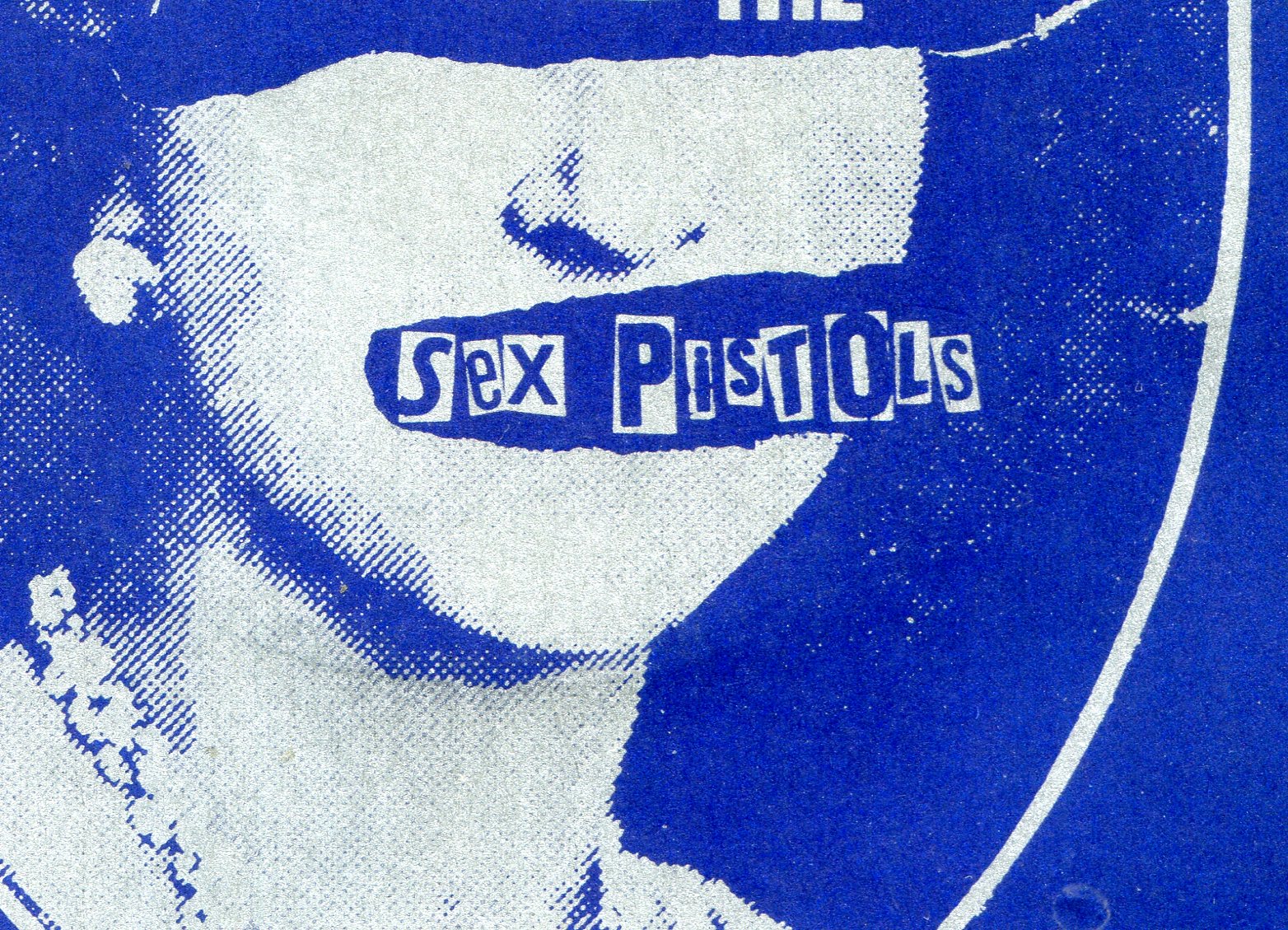
In general terms, the space of punk rock, typically the domains of dirty late-night clubs, all ages rented halls, and past-their-prime pubs, can be construed as liminal spaces, somewhere between mainstream clubbing and the underworld of tattoos, body modification, androgyny or gender bending, taboo sex, and petty criminality. Within such spaces, people often explore, in a candid and often self-conscious way, an unbound zone that lets them inhabit newly imagined roles. So, if during the day they are office workers, at night they can inhabit the world of a Goth-tinged dominatrix, or a gay boot boy, or a Dada-poet punk who unashamedly explores tendencies during a performance on stage towards a “deliberate disorientation of the senses” promulgated by the 19th century Romantic French poet Arthur Rimbaud.
Rites of Passage: This can be understood as a extension of the aforementioned phenomena, although folklore traditionalists may argue that such punk persona evocations and rituals do not embody the three main foci of the concept, including separation from society (removal), transition, and reincorporation by society. However, building on the discussion already outlined in the previous pages, I will argue that punk does often resemble these three stages. Again, to focus on Johnny Rotten, I will try and examine how his punk rock incarnation fulfilled several elements of such a journey, based on rites of passage precepts outlined by teachers such as anthropologist Rodney Frey, who base their approaches on Victor Turner and Arnold Van Gennep:
- It presupposes an orphaned status: Johnny Lydon is thrown out of his family home in 1975 due to his severe hair cut, which was buzzed and green.
- It involves a separation, a journey and a sacrifice. Johnny Lydon ventures to pubs along King’s Road, meeting like-minded people dissatisfied with mid-1970s British culture, forging a kind of tense and suspicious communitas with Steve Jones and Paul Cook, etc. As the Sex Pistols begin their appearances, especially after their “God Save the Queen” single and traveling by boat to play a show on the Thames during the Queen’s Jubilee celebration, life became dangerous for Rotten, who was stabbed by thugs.
- A rite of passage involves the acquisition of power and knowledge, the void is filled. The cumination of this knowledge might have happened during the last show of the Sex Pistols, in front of 3,00 fans at Winterland in San Francisco, when Rotten asked the crowd, “Ever get the feeling that you have been cheated?” Though he momentarily lacks power, he is flush with knowledge.
- Any rite involves affirmation and rebirth. Johnny Rotten becomes Johnny Lydon again, forming a new band, PIL, that releases a few records until the single Death Disco in 1979 leads to an appearance on Top of the Pops, which lets Lydon reclaim his status as major musical performer, agitator, and caricature in post-punk British circles.
This is just one single case example that may illuminate how punk mirrors certain elements of rites of passage theory.
Participant Observor: Is a difficult term that presupposes that one learns by doing, meaning one becomes part of the process by which he or she can understand a culture by imitating the people’s actions or the actions of their “informants.” However, several key questions have been raised in the community, including author Charlie Keil from SUNY Buffalo in her article “Participation Si! Alienation No!,” which highlights the dilemma and awkwardness of “going native,” almost a kind of mimicry, in which participants try to undergo a “subject shift” and experience a “fused horizon” with the observed, or in more embarrassing terms, they practice “sandbox folklore” in which such participants seem foolish or even grotesque.
However, in my case, I have been drumming since I was pre-pubescent, and my first drum part that I memorized included “1969” by the Stooges, and my 7th grade notebooks are full of punk rock drawings, lingo, and band names. I feel that I am an insider, not someone trying to negotiate space between cultures. In addition, I have made both fanzines, since the time I was 16, and have made punk flyers, including my first one for an Adolescents show at Rotation Station (Loves Park, IL), done crudely on a Xerox machine. Thus, the problem may actually be my lack of distance, objectivity, and having cultural capital that occludes or resists certain forms of inquiry.
For instance, I am loathe to see punk as merely a vessel of entertainment, since I feel that it had a profound, generative, and educational discourse during impressionable moments of my youth, such as when I read the liner notes by bands like MDC and Dead Kennedys’ which likely contributed to my overall political awareness and penchant for direct action, such as staging a Tiananmen Square protest in high school, creating an AIDS documentary in community college, or being part of radical student activities at a few universities. Therefore, I disagree that the politics of punk are essentially a theater of spectacle or the mere fodder of pop culture. However, such analysis is limited, due to my lack of involvement in other cultural communities, such as hip hop, etc, which have equally valid folklore status.
High Context Groups: According to Edward T. Hall, as noted in the book The Dynamics of Folklore, such groups “share so much information and attitude” that they “see themselves as parts of a single community that ‘knows.’” This relates to the punk and hardcore communities’ sense of living history, in which the trends, meanings, and identities shaping musical subgenres, clothing type, or manners of speech and lingo can be decoded and shared without much actual reliance on language or discussion itself. For instance, most self-identified punk rockers simply “know” the signature style of Goth punk (Alien Sex Fiend, the Damned), horror punk (TSOL, the Misfits), Oi (Sham 69, Angelic Upstarts), peace punk (Crass, Flux of Pink Indians), straight-edge (Youth of Today, Minor Threat), and so on. Thus, even if this community stretches beyond national borders and traditional groupings by ethnicity, political affiliation, or social class, these cultural markers remain the same, validated and policed by the punks on hand. Outsiders to this culture will likely not be able to differentiate or decode the myriad markers of this culture, which have grown over the last twenty year to whole new hybrid forms of punk, including hatecore, thrash, D-beat, crust punk, gutter punk, power and violence, and so on. In the community, however, magazines such as Loud Fast Rules and web sites like punknews.org readily mold these sensibilities, along with the underground stylemakers who devise new descriptions to authenticate and legitimate forms of punk that both pay witness to heritage and glean new channels of musical expression within the vernacular of “Punk.”
Authenticity: As discussed in class, people arguing for authenticity try to establish and monitor links between current forms of expression in material forms, performed acts or rituals, and intangible culture that can be verified or documented as having been part of tradition or historical precedent within a community. In terms of punk, critics often use the word to qualify a band’s ability to fit the “punk” description, which has never been understood as fixed and static.
For instance, in the early heyday of punk, many of the musicians previously played for blues and country, pub rock, jazz fusion, and rock’n’roll bands, including such notables as Elvis Costello, the Police, Bad Brains, the Stranglers, the Vibrators, Blondie, and members of the Clash. Only a few bands, mostly with art school backgrounds, did not have deep connection with earlier musical communities, including Wire, Adam Ant, Buzzcocks, and the Adverts. Other bands simply continued working class traditions of pared-down rock’n’roll forms rekindled with “filth and fury,” such as the Sex Pistols, Slaughter and the Dogs, and the Ramones, etc. Therefore, as Stewart Holmes attests in Cranked up Really High, few “authentic” punk bands existed, mostly just punk records by record companies trying to exploit new trends, and those records can be considered novelties.
In fact, after the coined phrase “punk” became a problematic term that could harm record sales or public impressions, an alliance of ad executives, band managers, and even bands themselves opted for “safer” terms such as New Music and New Wave, which was peddled to mainstream audiences. As punk morphed into hardcore by the early 1980s, the style associated with “punk” was deemed too soft, arty, insipid, anachronistic, or indulgent, and the leaner, more choleric, and marshaled maelstrom of speed and fury that was known as hardcore become the emerging bearer of the teenage underground subculture, epitomized by bands like Minor Threat, Bad Religion, Agnostic Front, the Adolescents, and many more.
Some bands from the “punk” era, such as DOA, the Misfits, and the Big Boys, tried to authenticate and legitimize their roles in the new era by creating a similar striking sound, just as many pub rockers had donned the mantle of punk almost ten years earlier. In terms of punk flier art, authentic means that a flyer on the market should not only bear the signs of being a first generation copy, but that wear and tear actually reveal a history of use on telephone poles or as letters mailed out to fans too. Hence, fans have fetishized fliers that have notable markings, such as pinholes, tears in the corners, slight yellowing or discolorations, fold marks from mailing, and handwritten letters on the back. In the absence of these signifiers, other markings might also be useful, such as stamps on the front or back, indicating use in college campuses or by label press departments, or corrections done by hand to add or correct such information as dates and venues.
Normalform: When discussing how a flier should appear, I believe that certain norms have been established simply due to a sense of utility: flyers are an extension of the process of promotion and dissemination, which mediate the expressions of the art. A flyer is a microcosm of information, both apparent and latent. For instance, most flyers list dates, venues, bands, and sometimes address and phone numbers. Also, information about a venue, or directions to the show, may be included. Some also may include the signature of the artists, especially if the art is a handmade illustration. Some flyers may also include auxiliary text that relate to the art, to the bands, or to the time and sense of culture from which the flyer appears. For instance, on a TSOL flyer from Phoenix, AR, the artist chose to incorporate text lifted from a Dead Kennedy’s flier, “Welcome to 1984,” which originally appeared in a poster by Winston Smith. Below this appropriated text is the following suggestion: “Investment Problems? Start a War!” Such sentiments can be considered part of punk flyer art normalform, revealing the political and economic anxiety of the Reagan era, from the point of view of punk culture. Also, such axioms, often in the form of inversions, highlight punk’s sharp sense of irony, parody, and protest.
Dissemination: The migration and dissemination of punk art, especially flyers, can be understood as revealing the essence of DIY culture. Throughout the last thirty years, punk flyers have often been posted illegally, since most communities treat flyer art as trash, vandalism, and even a form of graffiti. Hence, the spread of these flyers can be understood as events, often done late at night, by street teams or artists who wish to spread information about shows but also infiltrate hegemonic culture by producing instant art with political or social content that combines a sense of agitprop and agitation.
In the case of bands like Black Flag, who routinely “co-opted” the designs of Raymond Pettion and made thousands of copies that were furnished to high school kids, the flyering process was furtive, marked both by purpose and “kicks,” resulting in hordes of Xeroxed or offset press flyers plastered on city walls, train bridges, and utility poles, some weathered but still visible for years. Even the Clash have their own lore, such as when the band described being so poor that after a night of flyering London with gig handbills glued to surfaces with a mixture of flour and water they ate from the same bucket to quell their hunger. Flyers were also used as mailers, letter stock, or easily reproduced and packaged promotional tools.
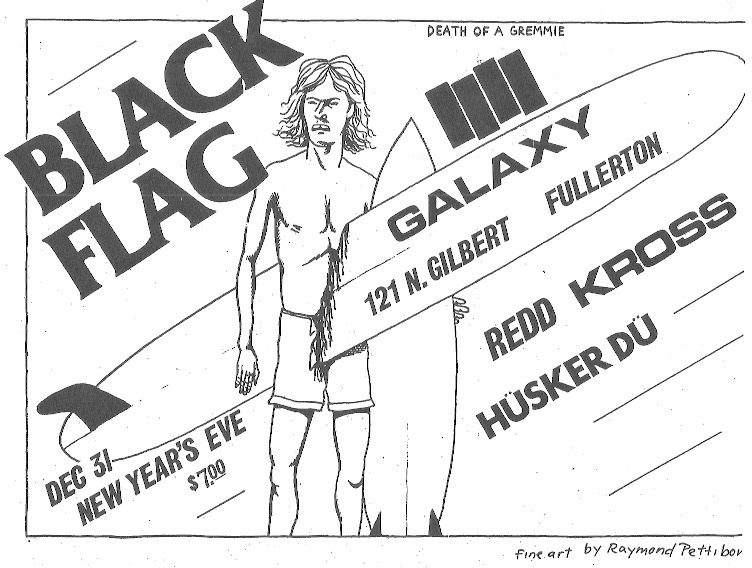
Art by Raymond Pettibon
For instance, Mike Myers from Suicidal Tendencies used flyers as letterhead to fans, and the label BYO would include a handful of flyers when shipping items to buyers across the world, with a handwritten ‘thank you’ note. Also, by the mid-1980s, Dirk Dirksen, infamous show promoter for clubs like Mabuhay Gardens in San Francisco, who also managed the Dead Kennedys, established a flyer art mail-order service that featured both original copies and reprints on heavy stock paper. In fact, I ordered vintage prints of Dead Kennedys and the Damned flyers from that service. Also, magazines like Maximum Rock n Roll and Flipside would regularly feature flyer art in the design layout for articles, as would some record labels when designing record covers. For instance, the Live at the Deaf Club LP featured flyer designs in the liner notes. Lastly, in the age of the Internet, digital flyers, which may only exist as virtual designs and never printed, are often emailed to fans via email sites or more fervently on social networking sites such as Myspace and Facebook. However, poster street teams still operate in cities such as Portland, where one poster distributor earns five cents for every poster he is able to affix to wooden or metal utility poles or to windows in local businesses.
Emic: I am likely to apply an “emic” account in my Visual Vitriol essay, which is noted by Wikipedia as a “description of behavior or a belief in terms meaningful (consciously or unconsciously) to the actor; that is, an emic account is culture-specific.” I would rather downplay interpretation per se, and when possible, like a community cultural worker/animator, help facilitate the self-determination of the community in regards to defining its own meaning and core values. To manage this approach, I have compiled hours of video interviews, almost one thousand pages of typed transcripts, and several more hours of taped interviews. Instead of merely summarizing past interpretations, many of which are considered unsatisfactory by my own subjects, I hope to assemble their viewpoints in a democratic, participatory, and rather transparent way, meaning open to their oversight, that will allow the participants to generate their “meaning” from below as I act as a partner in the overall process. This borrows from a Feminist Theory perspective and from the “co-intentional” methodology of Paulo Freire, which he examines in texts like Pedagogy of the Oppressed and Education for a Critical Consciousness.
